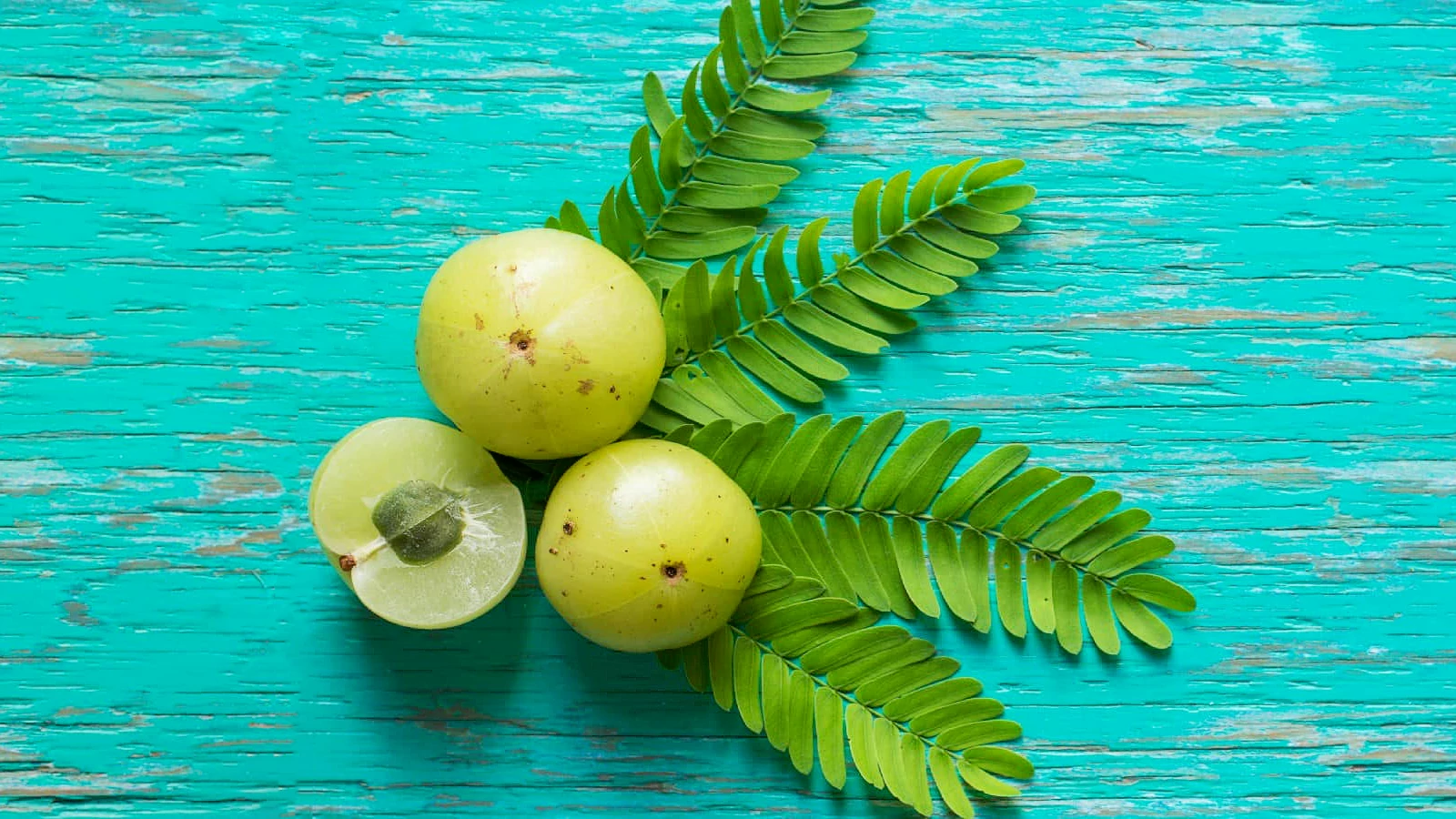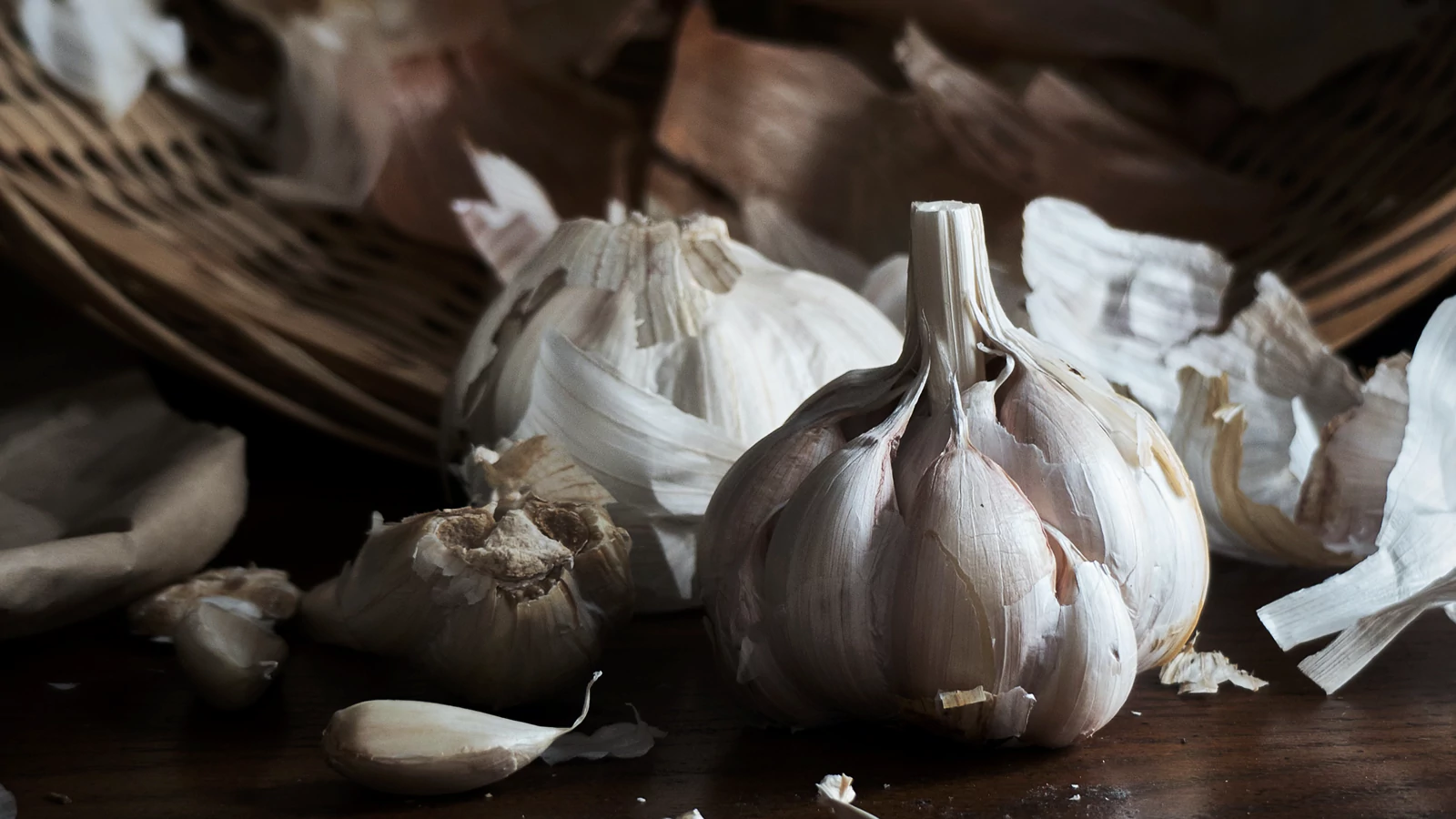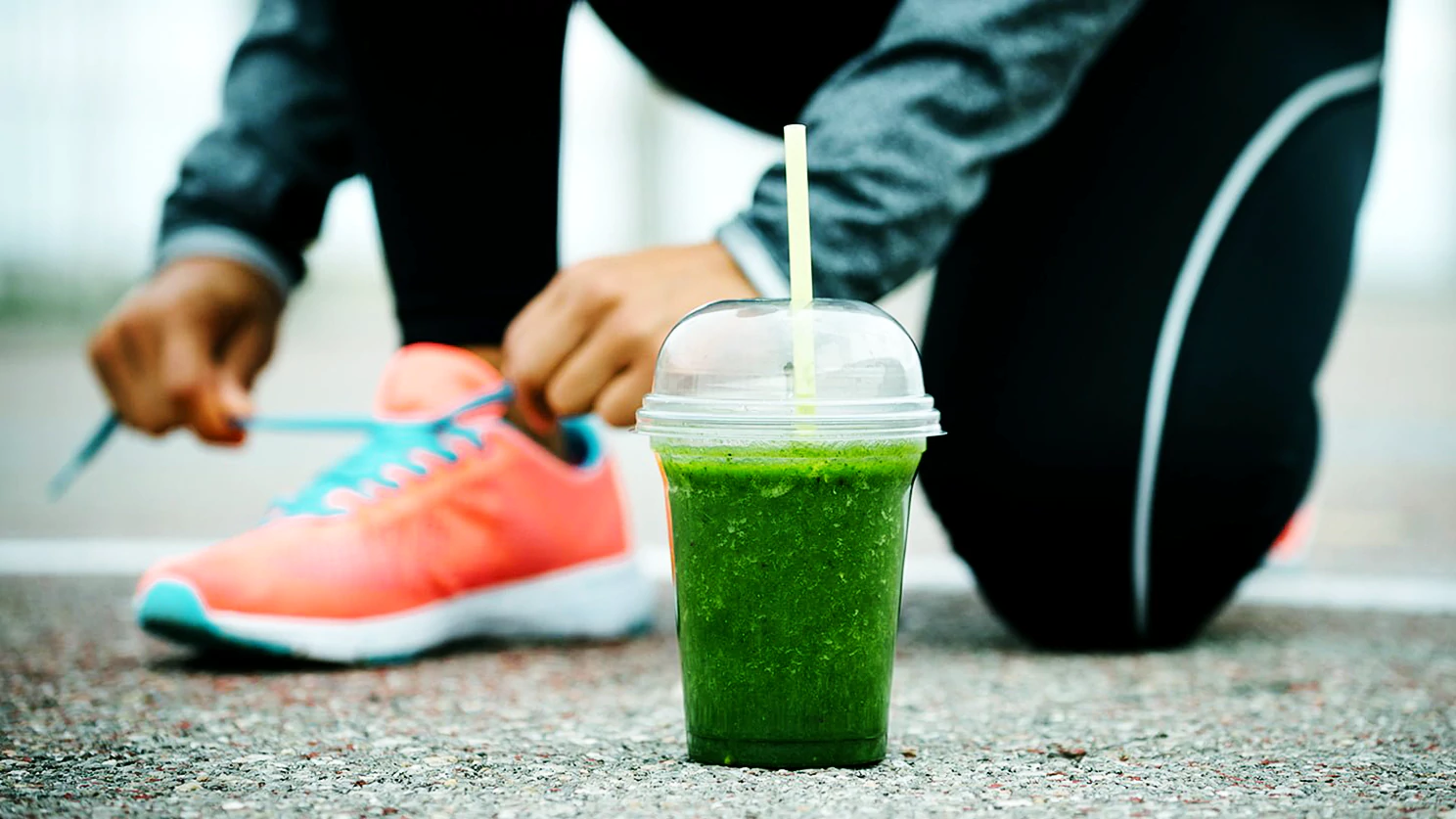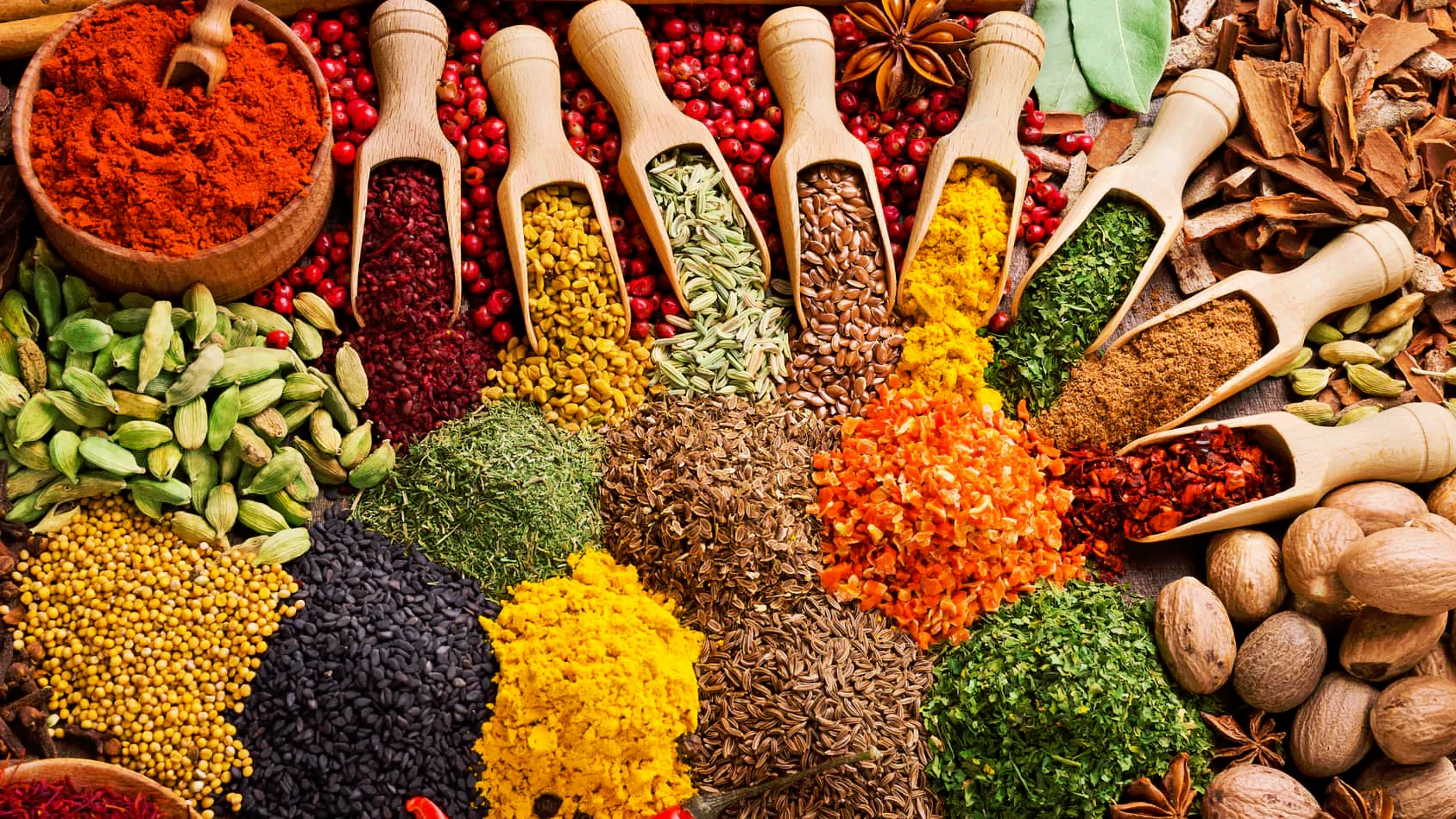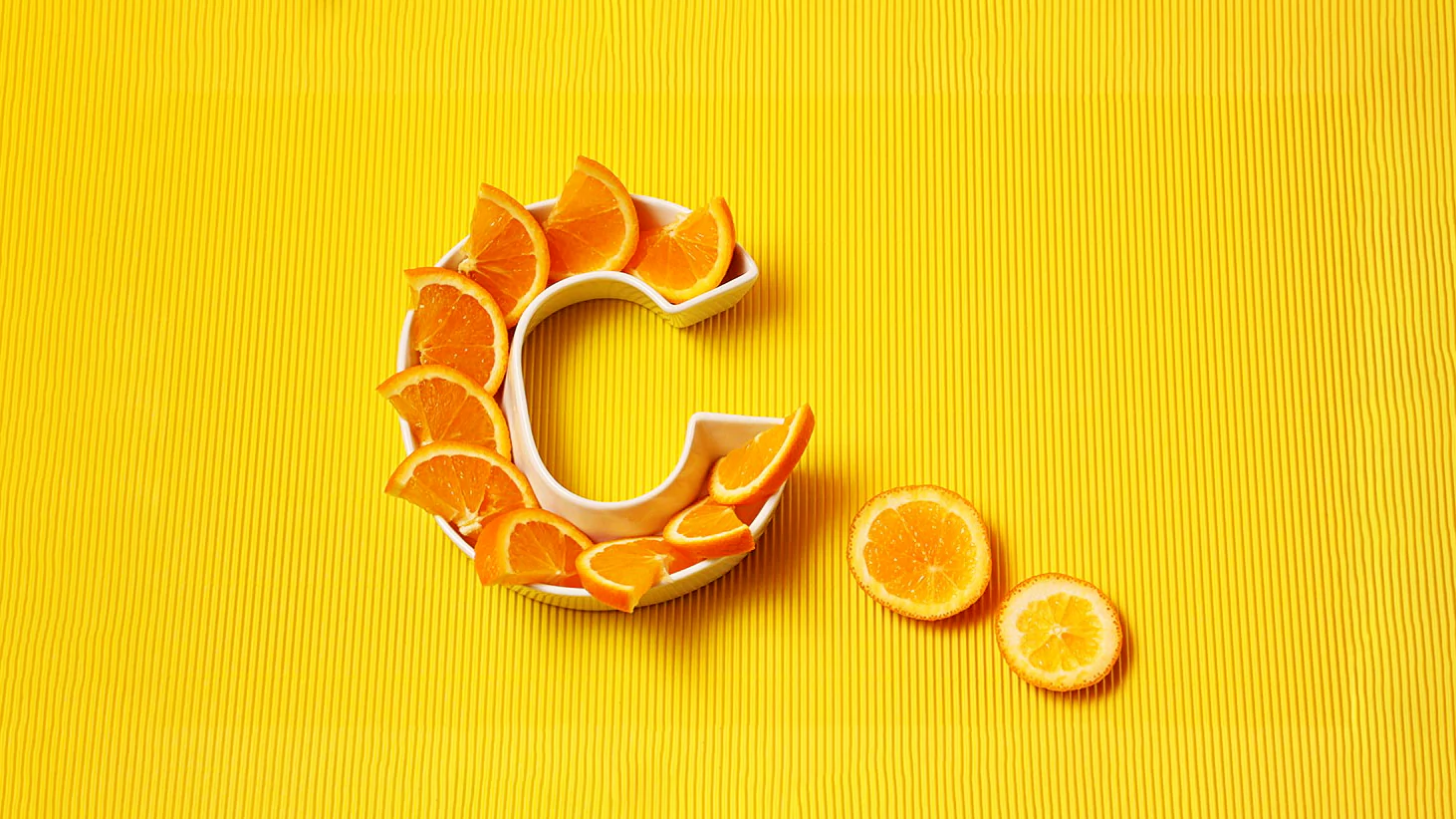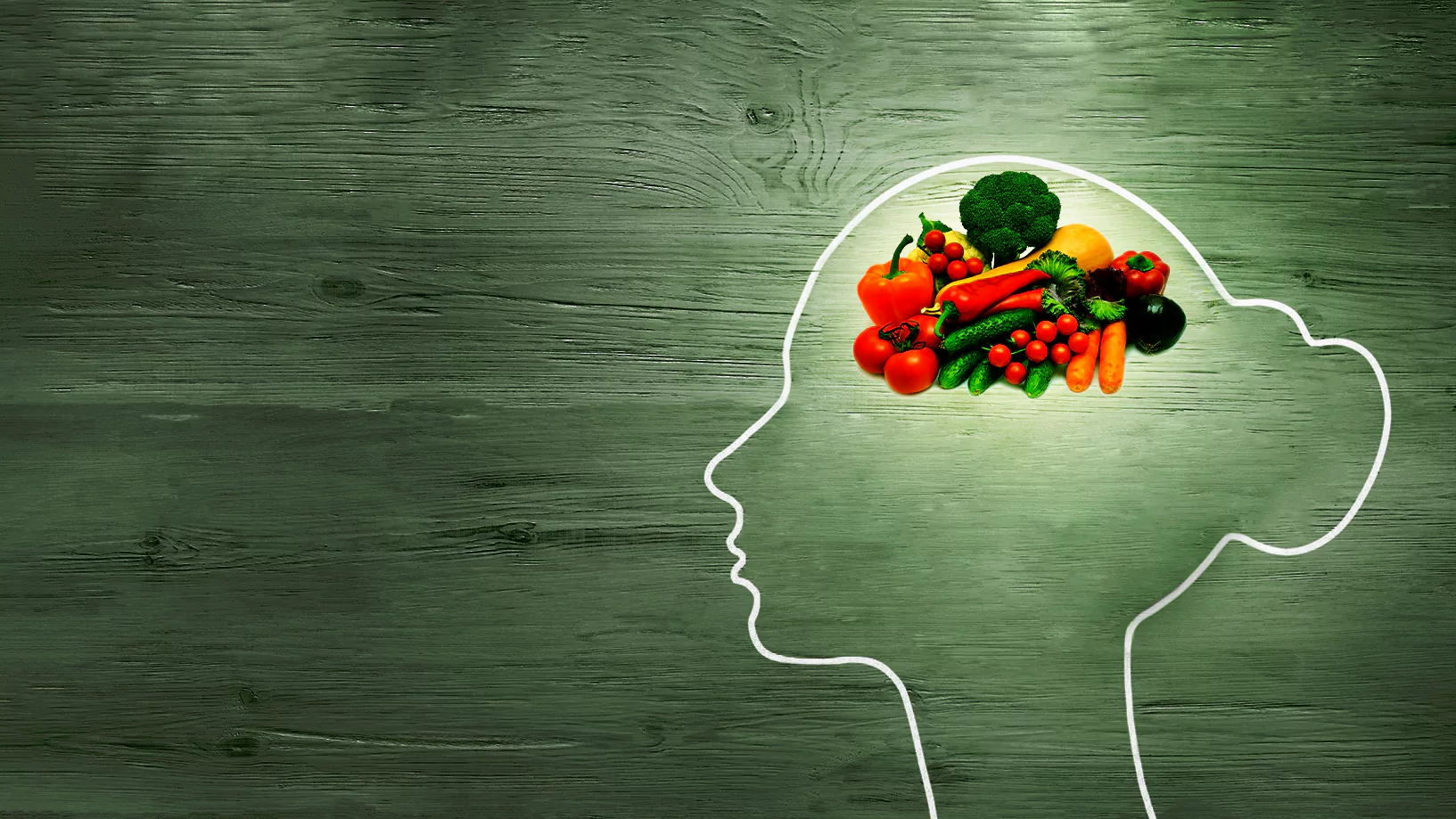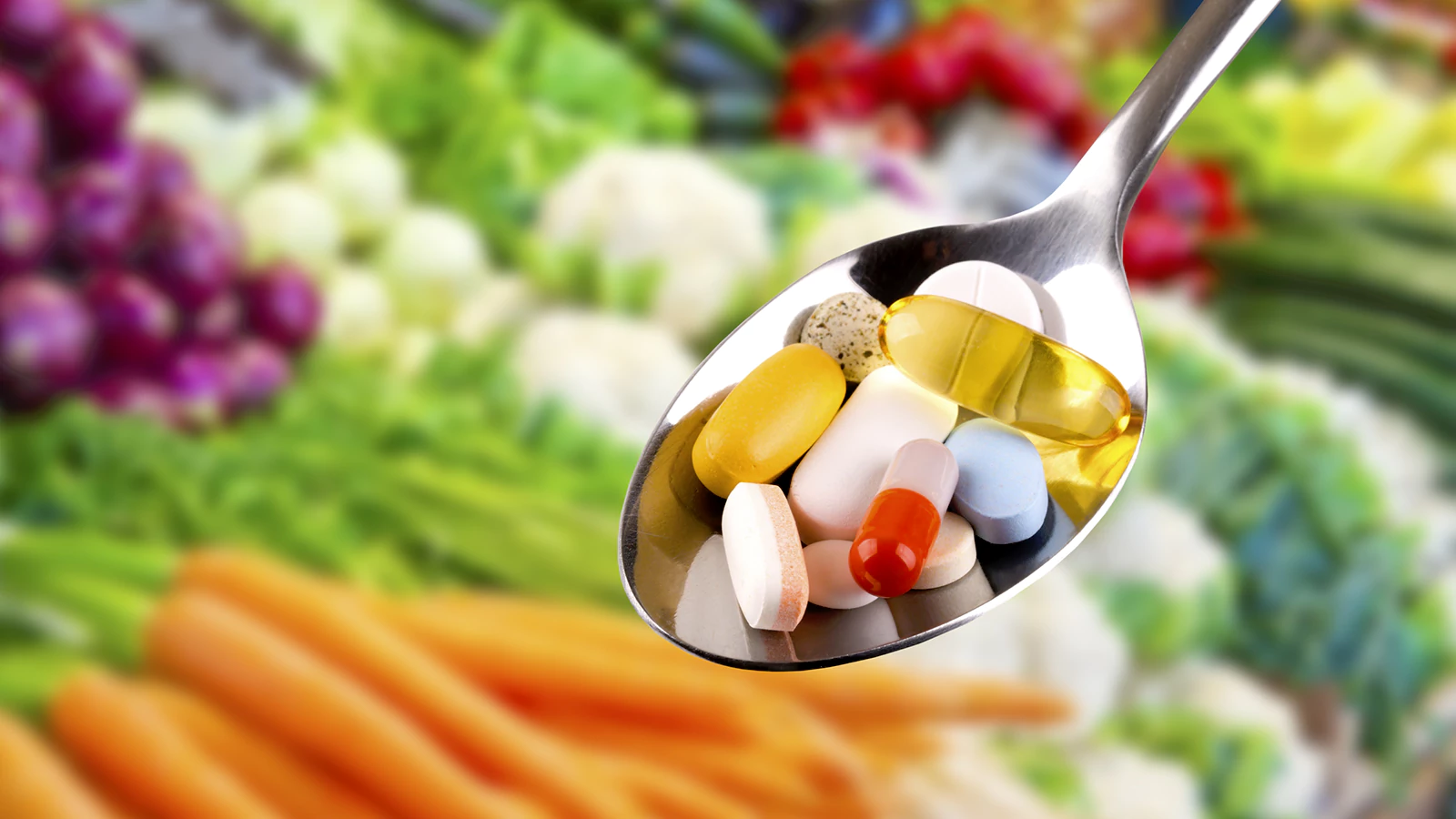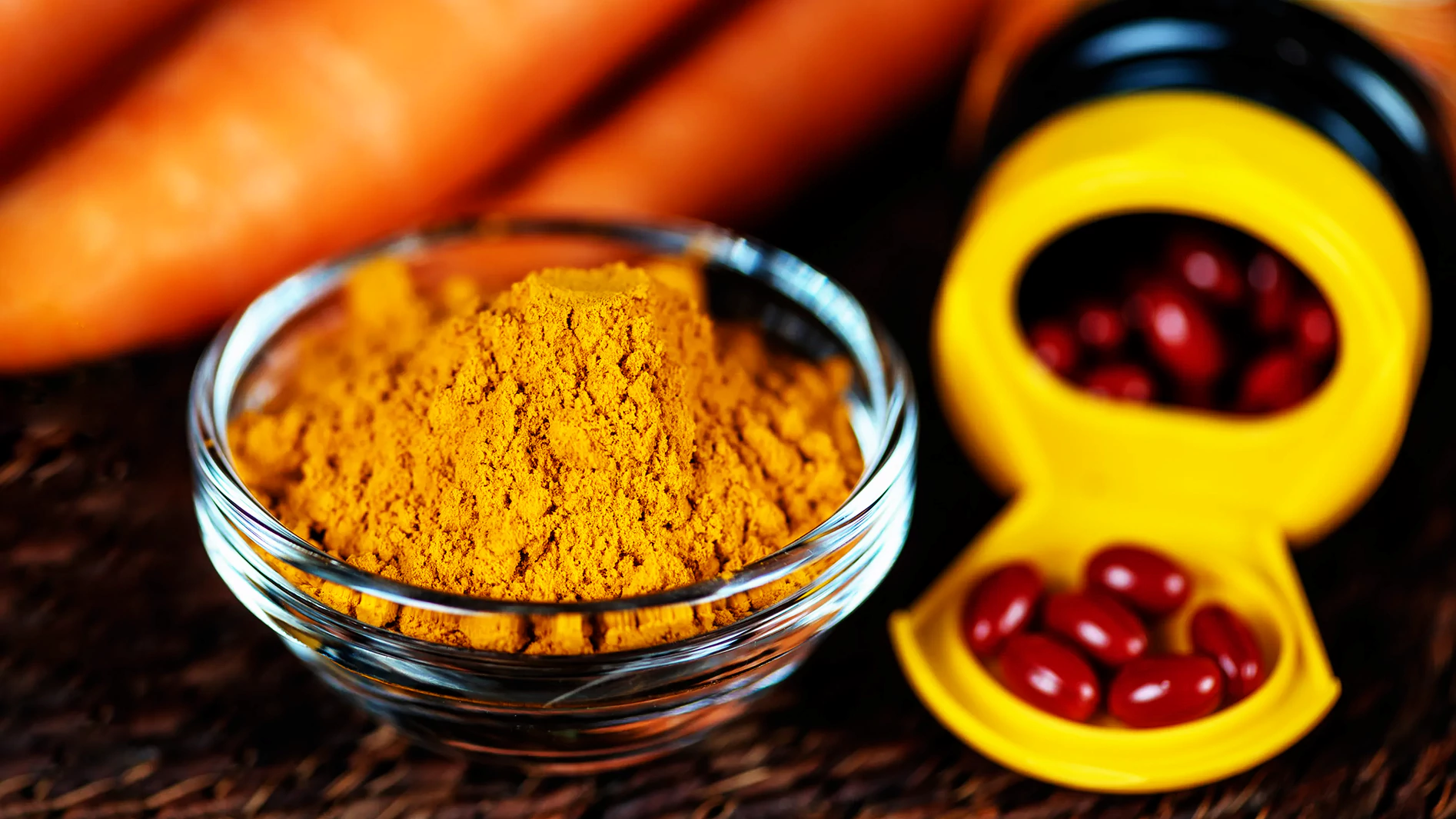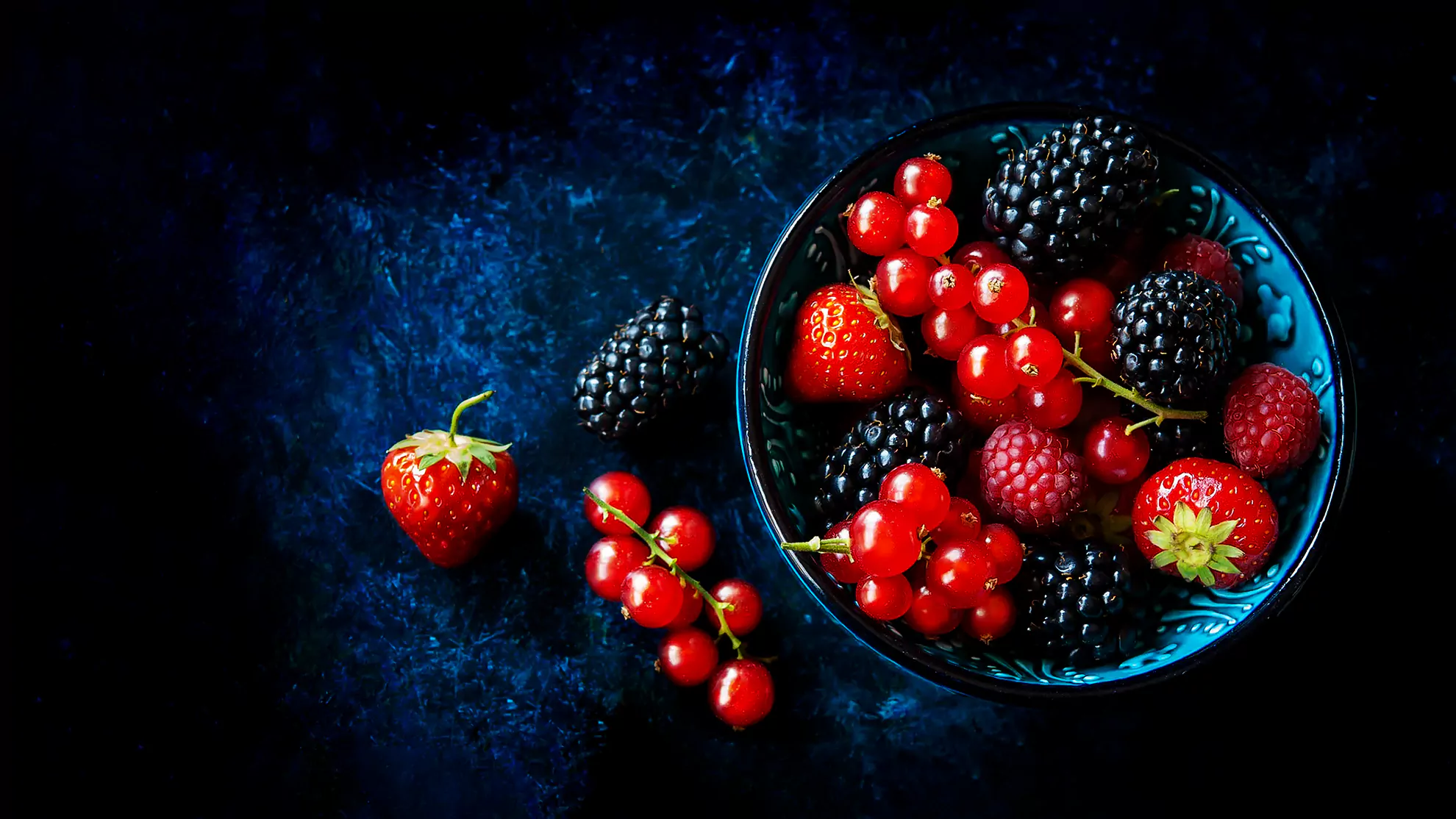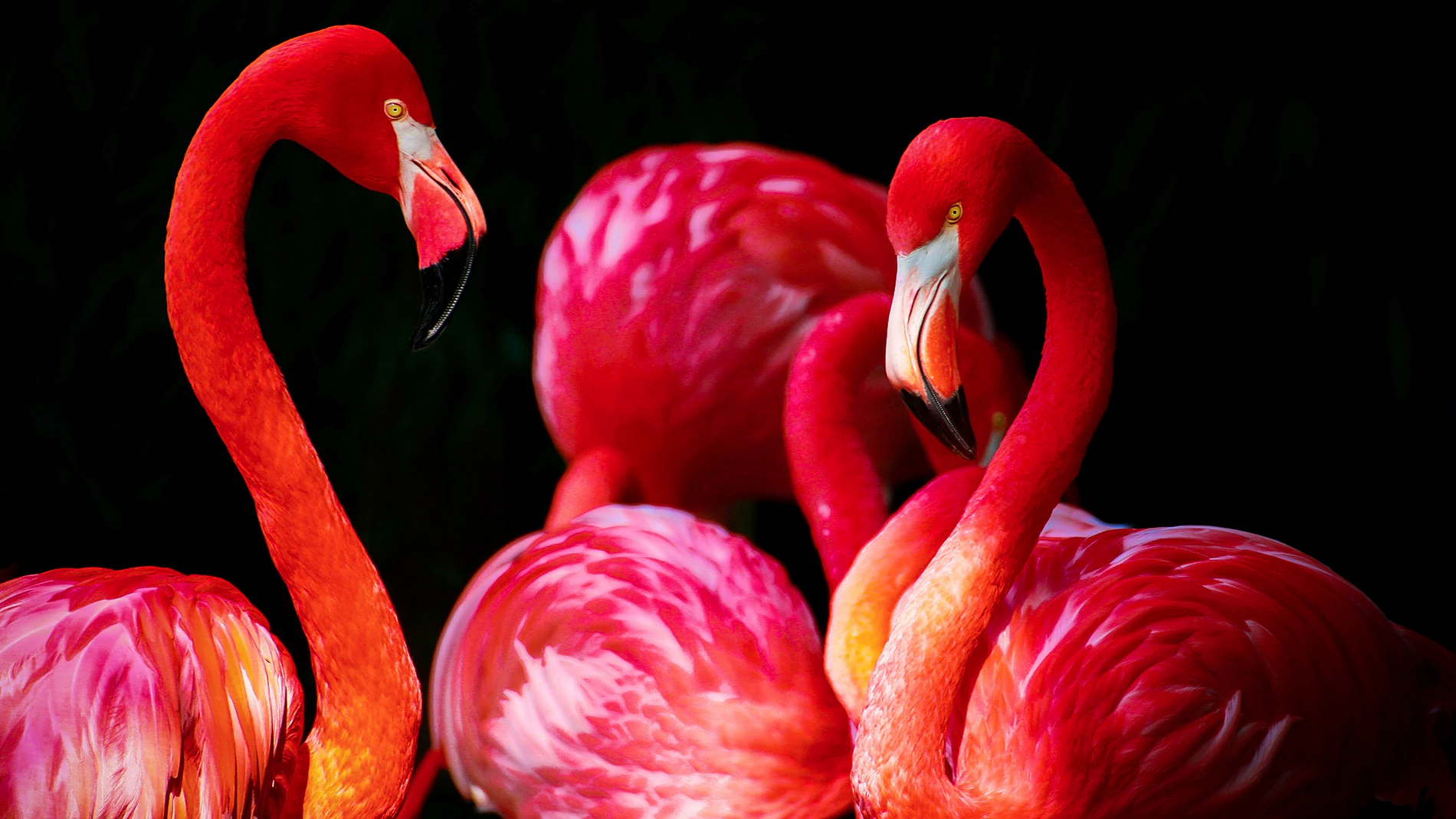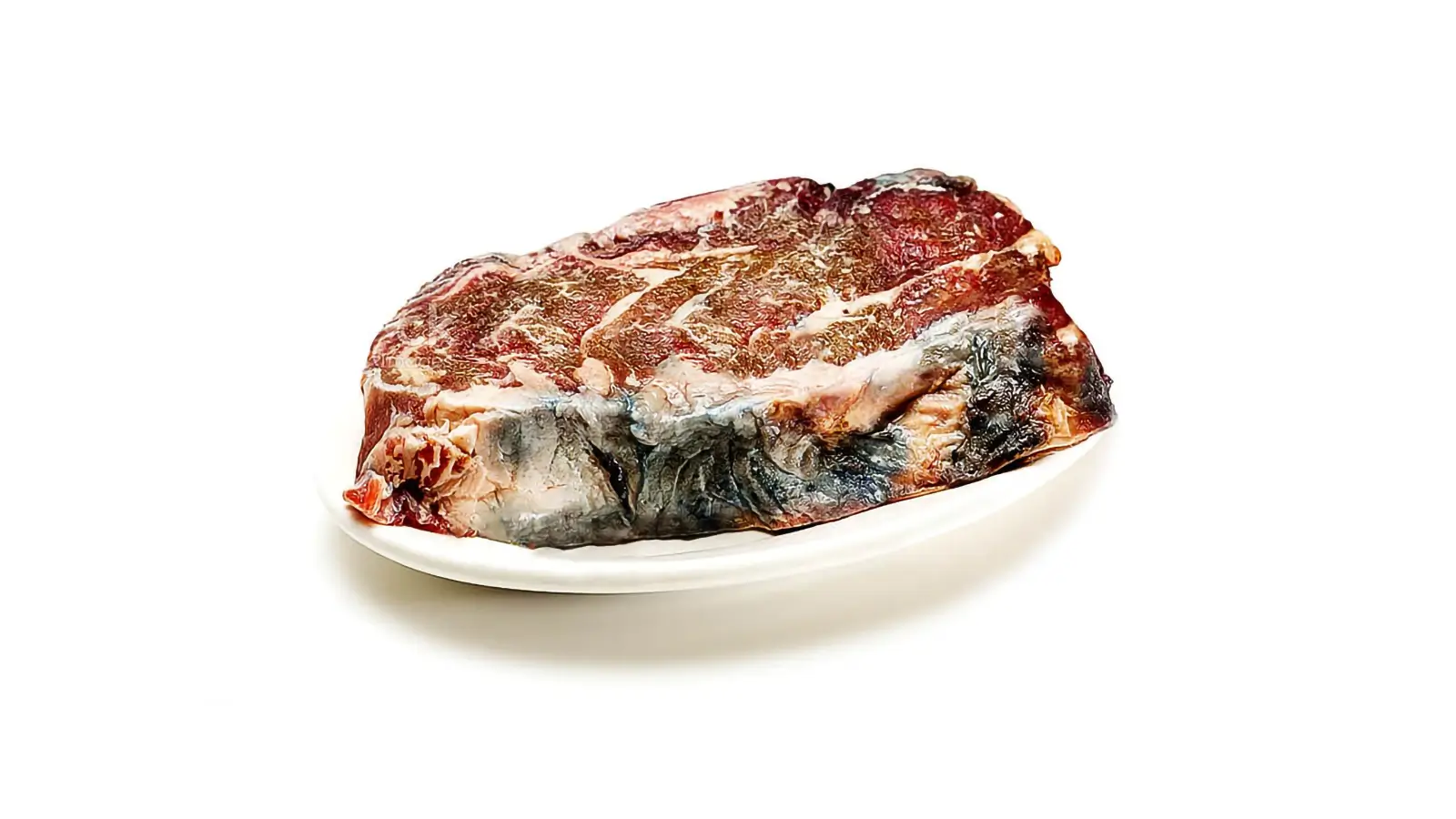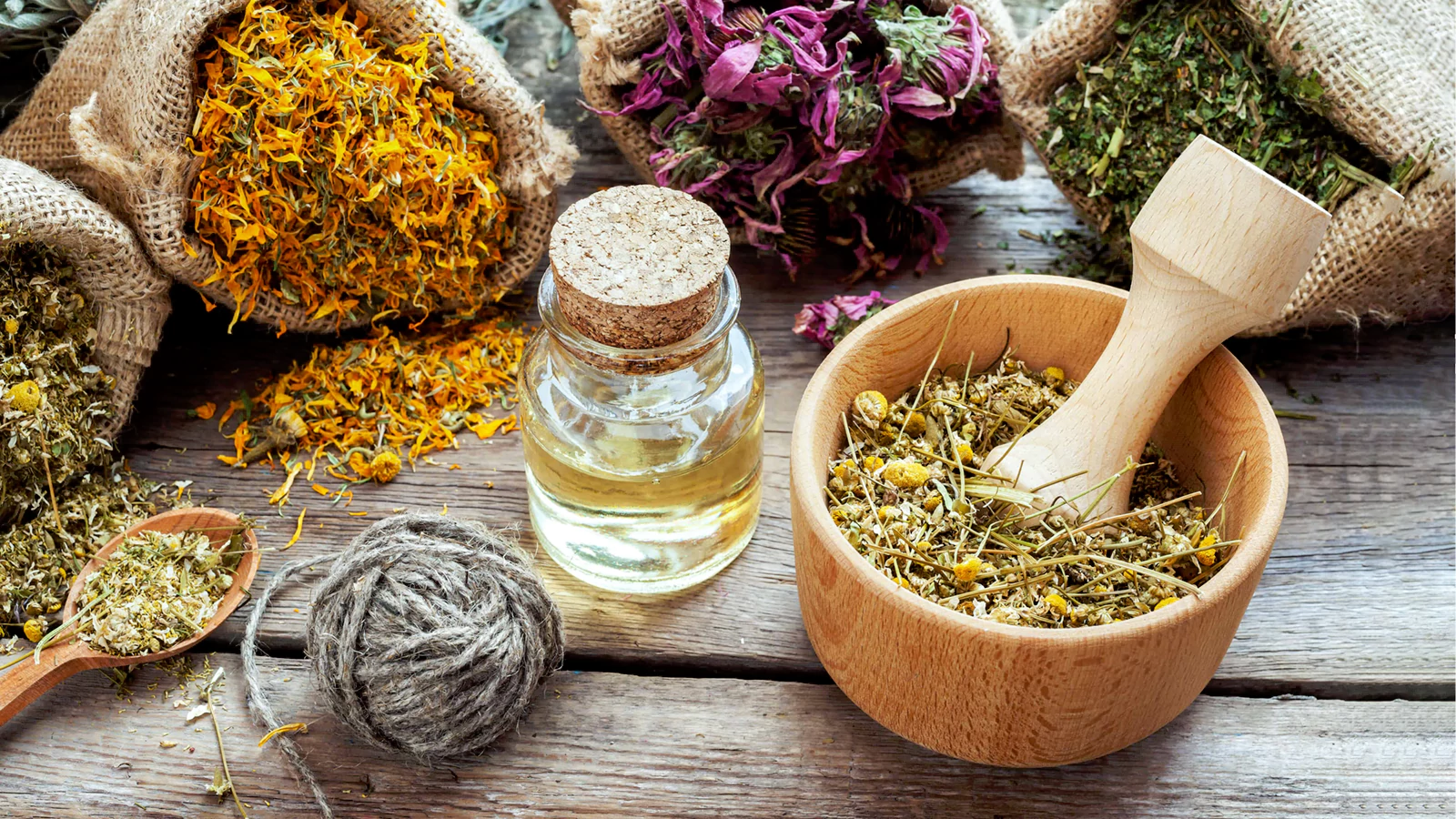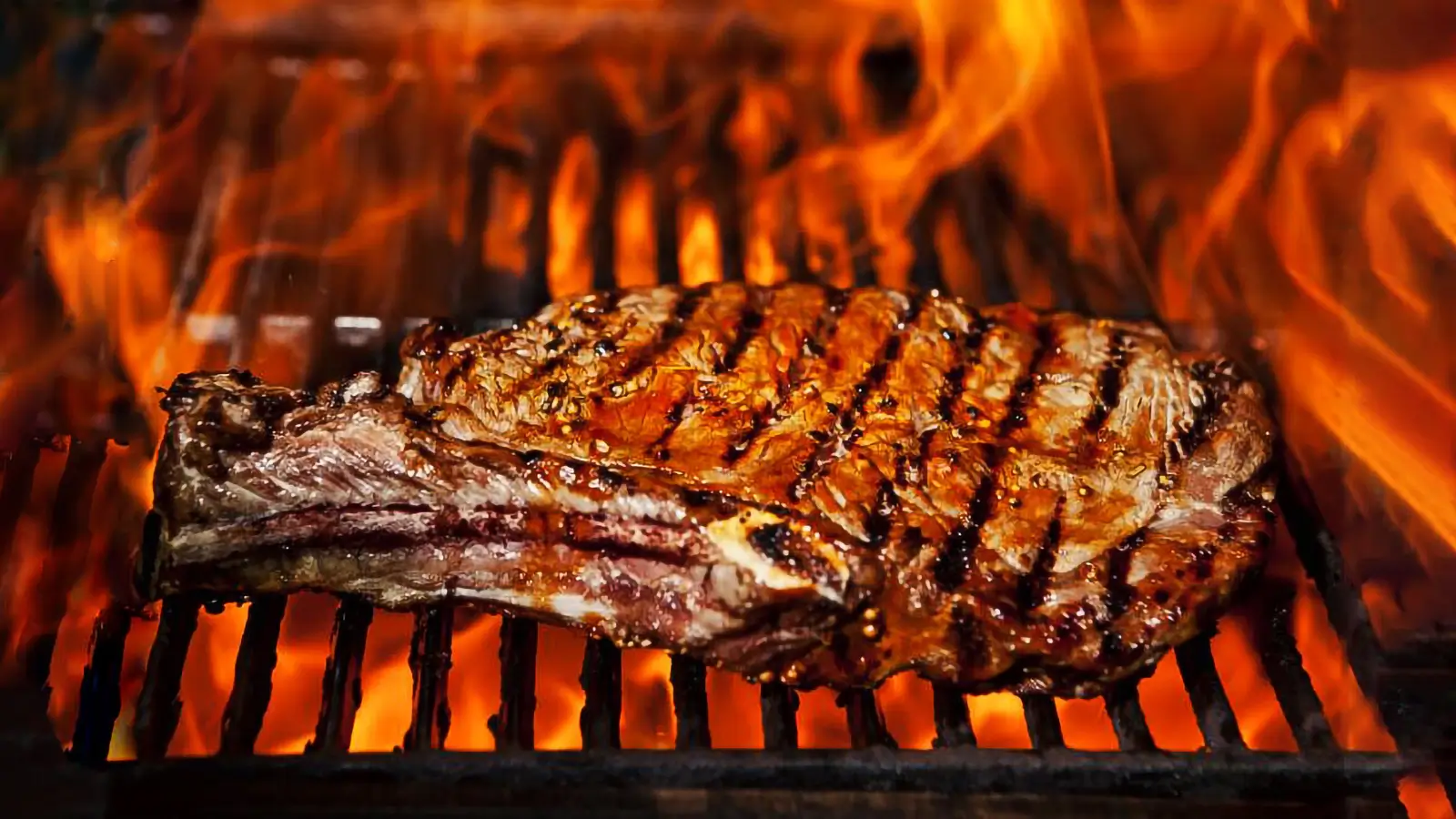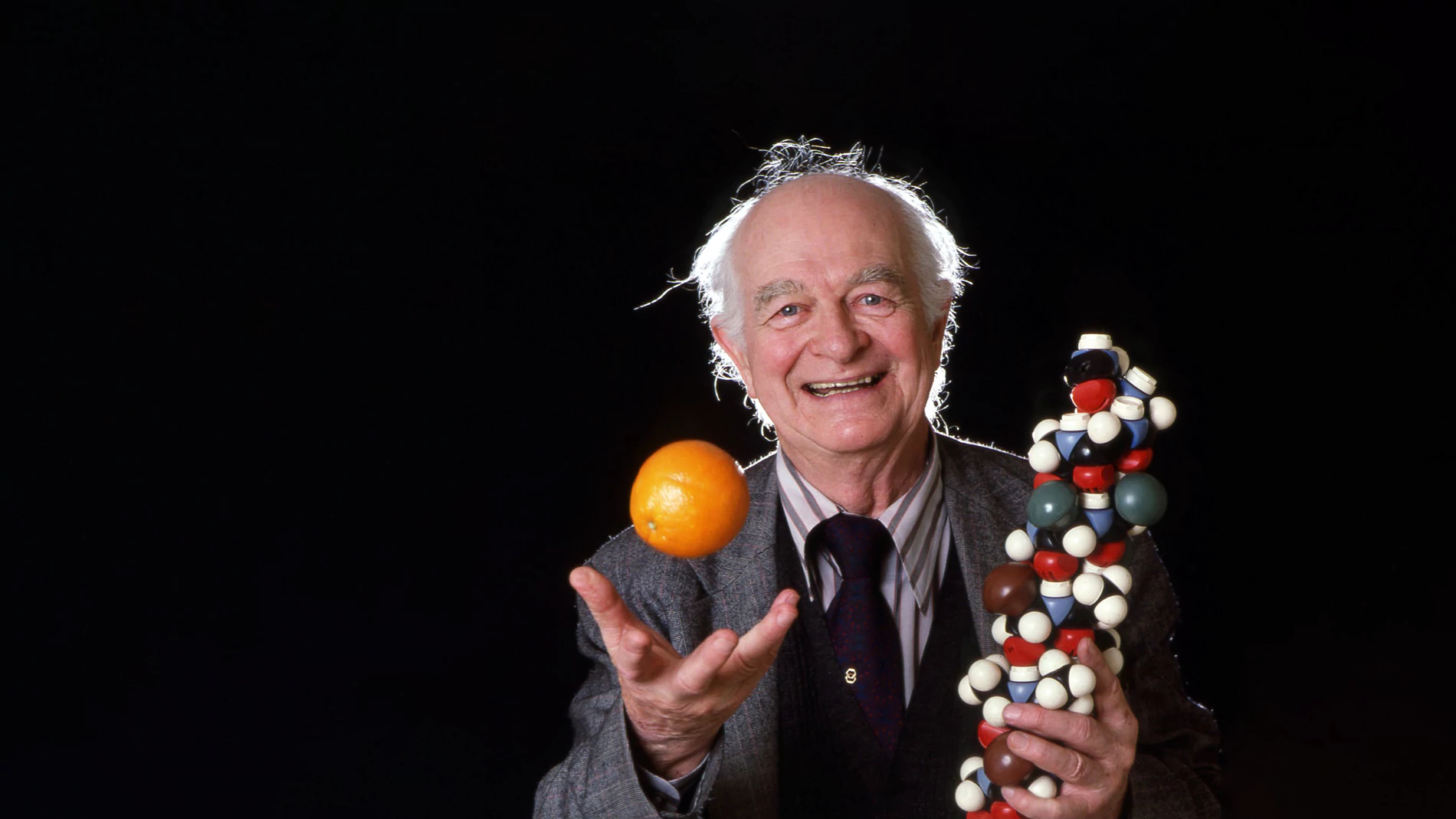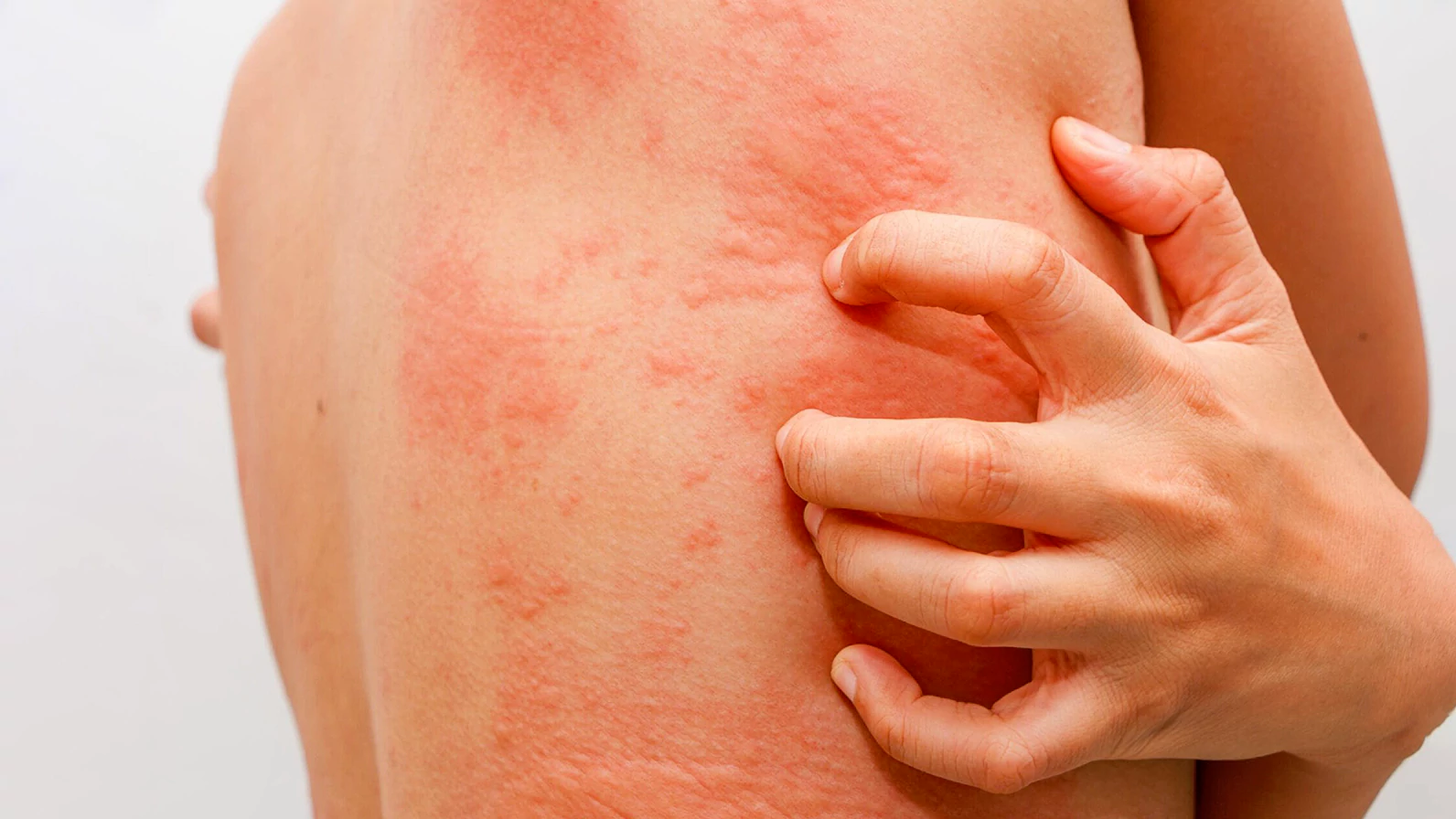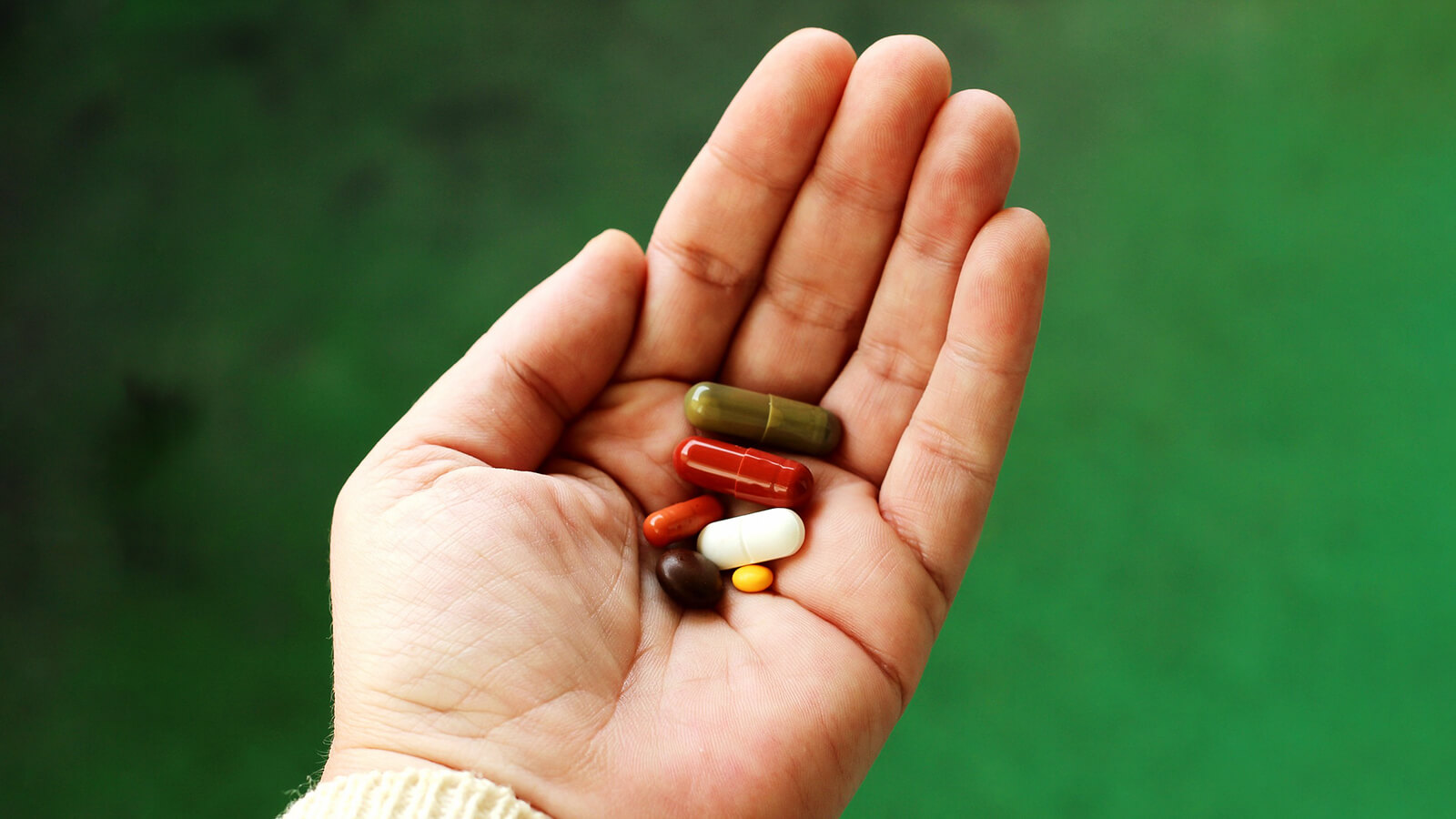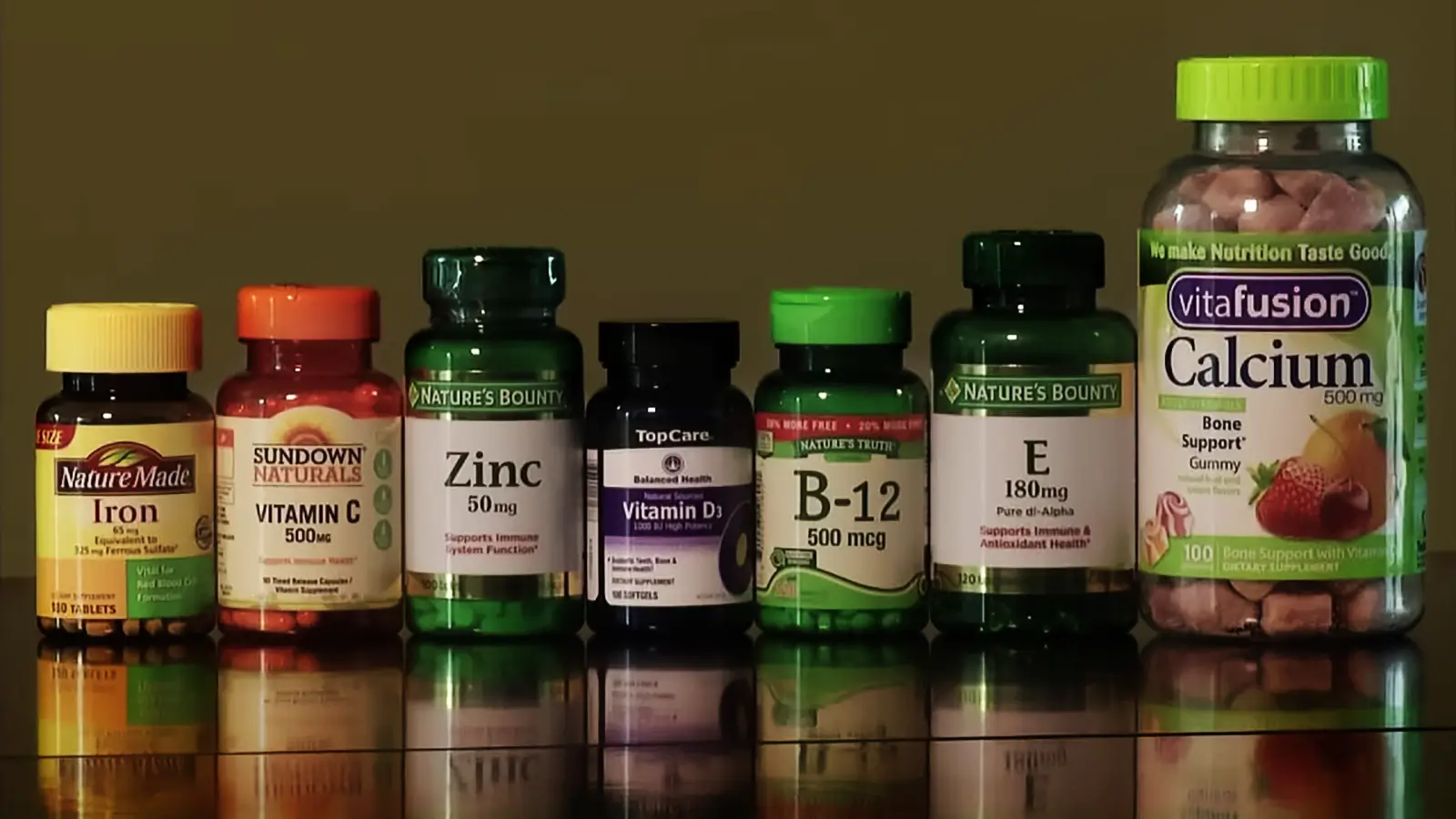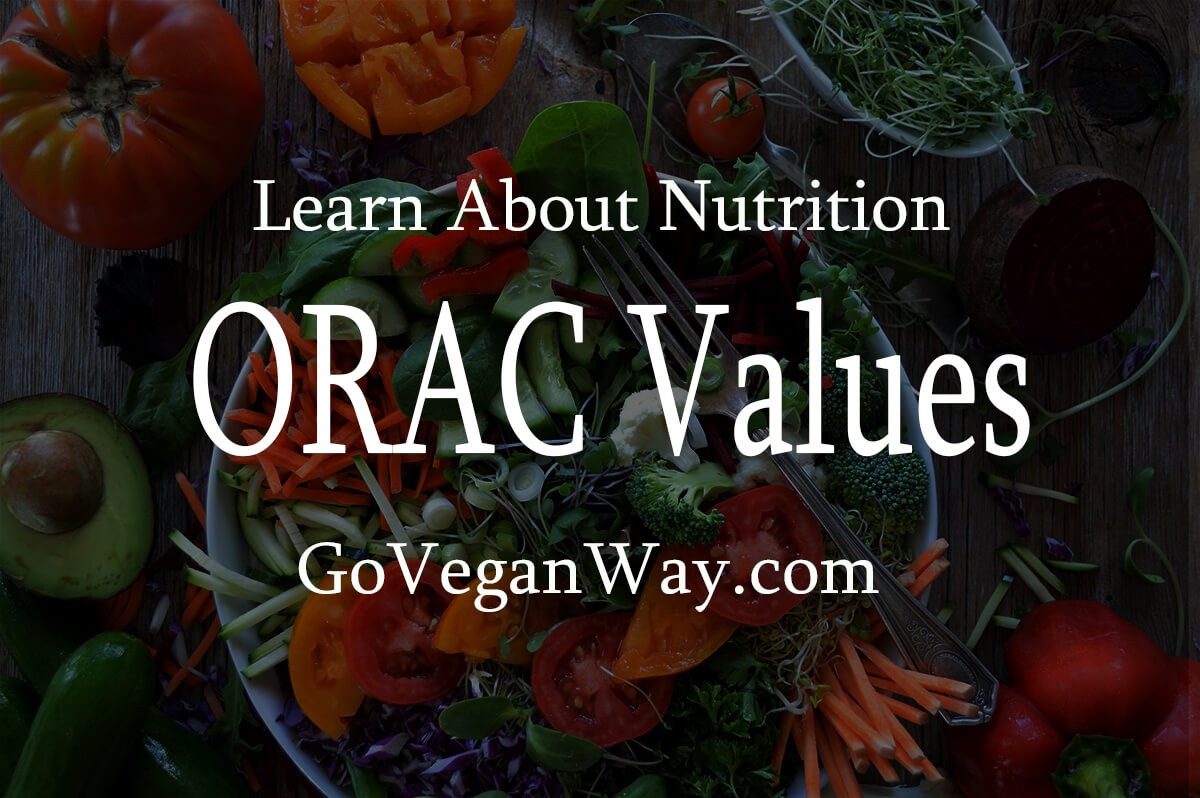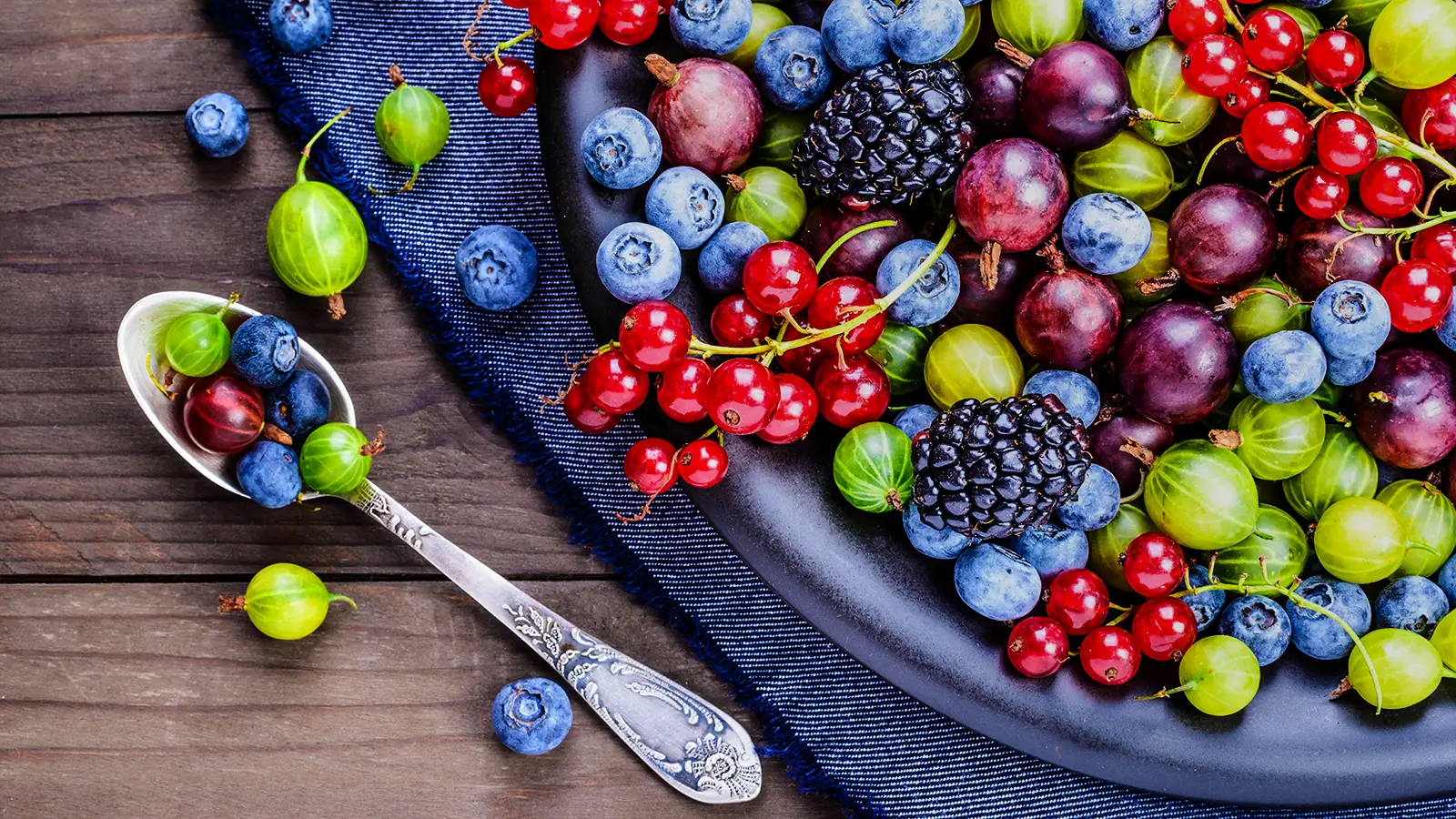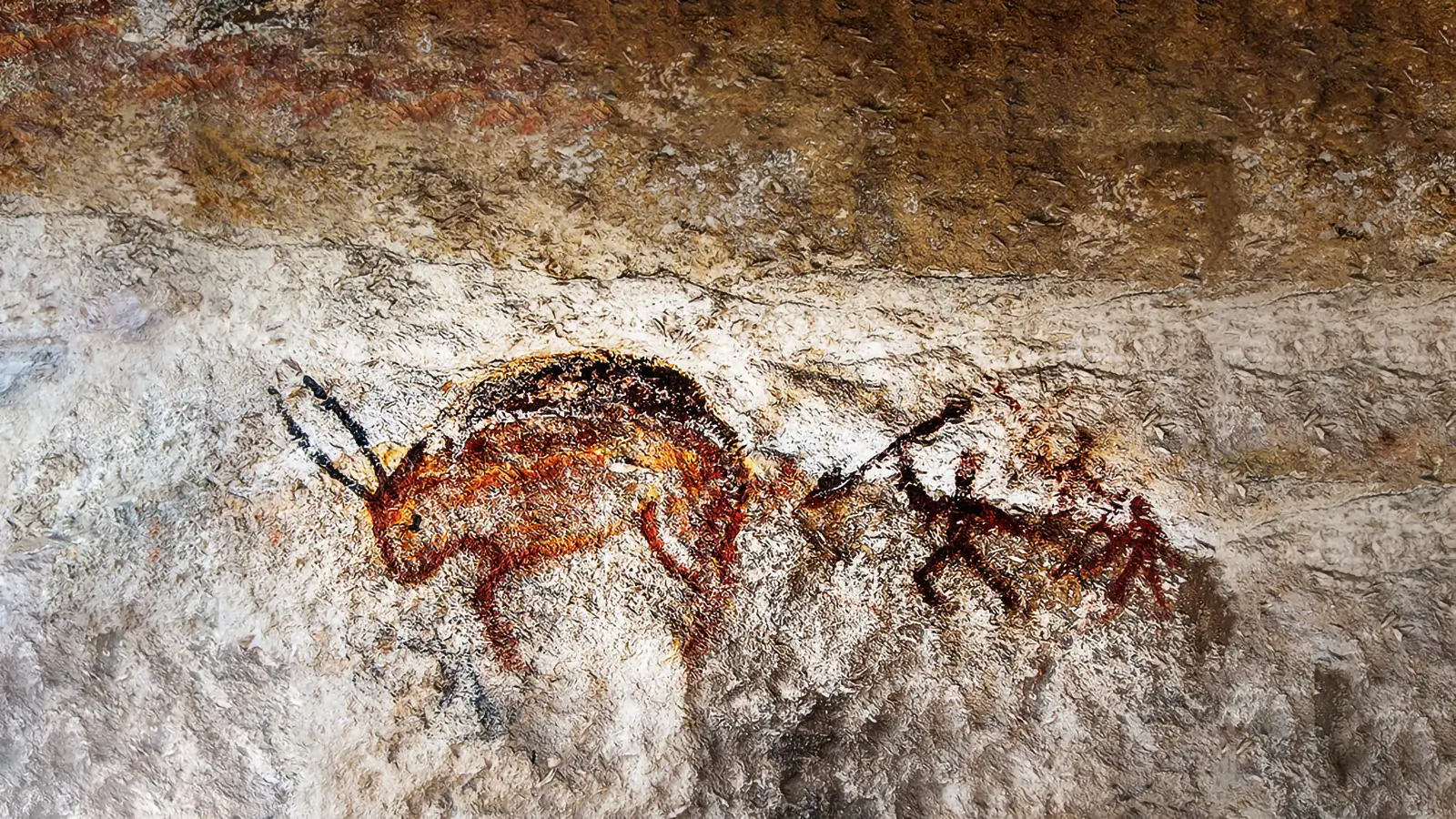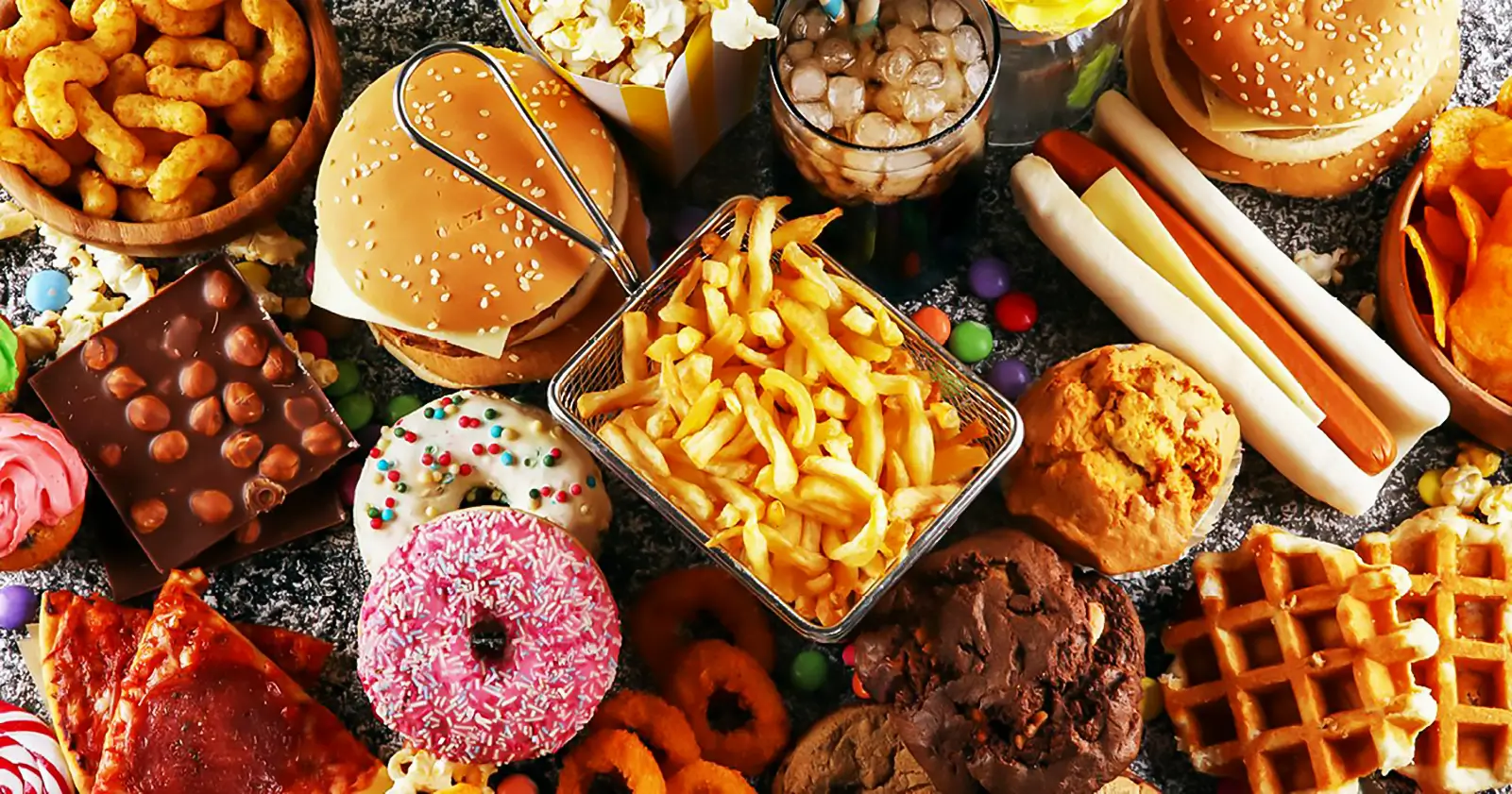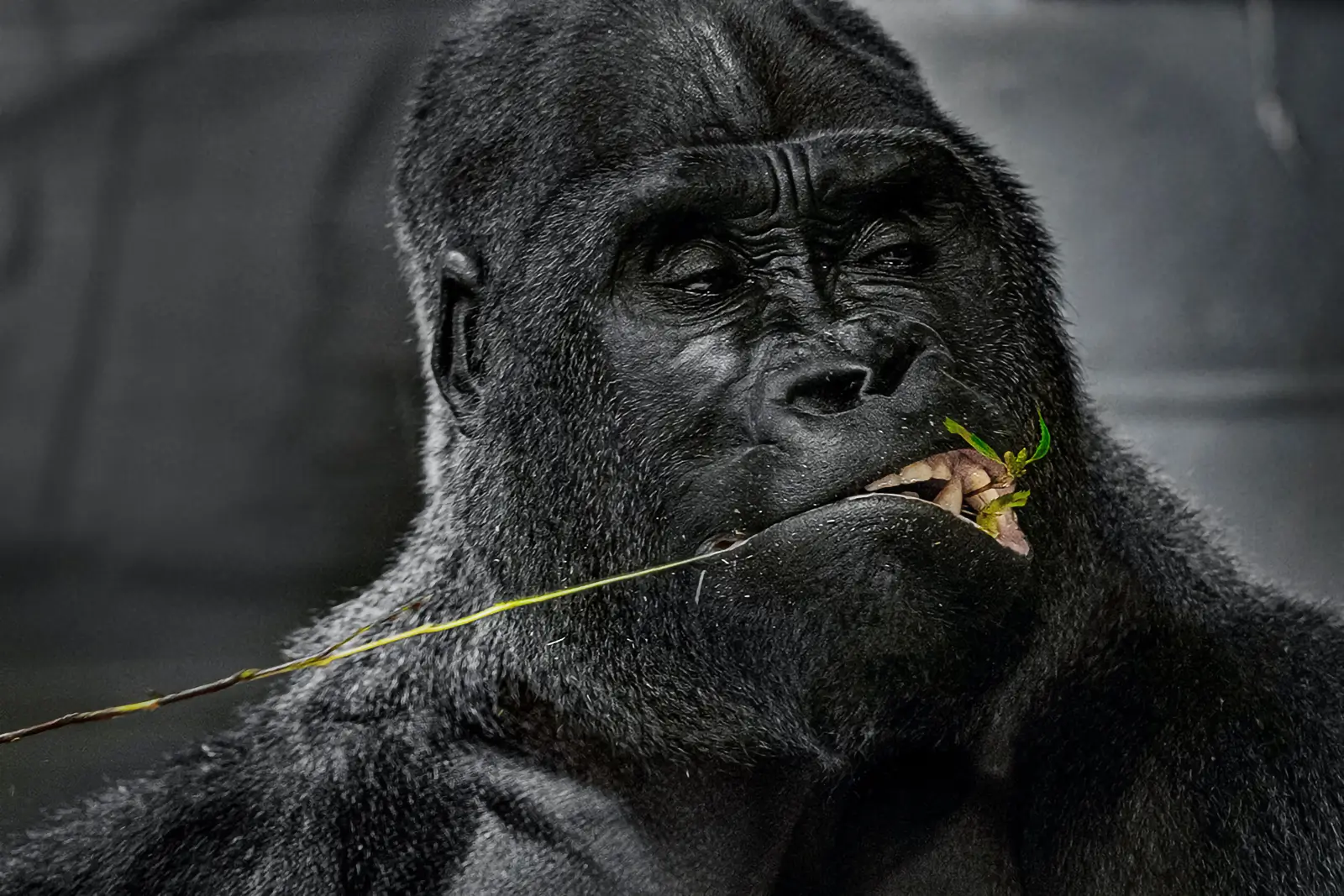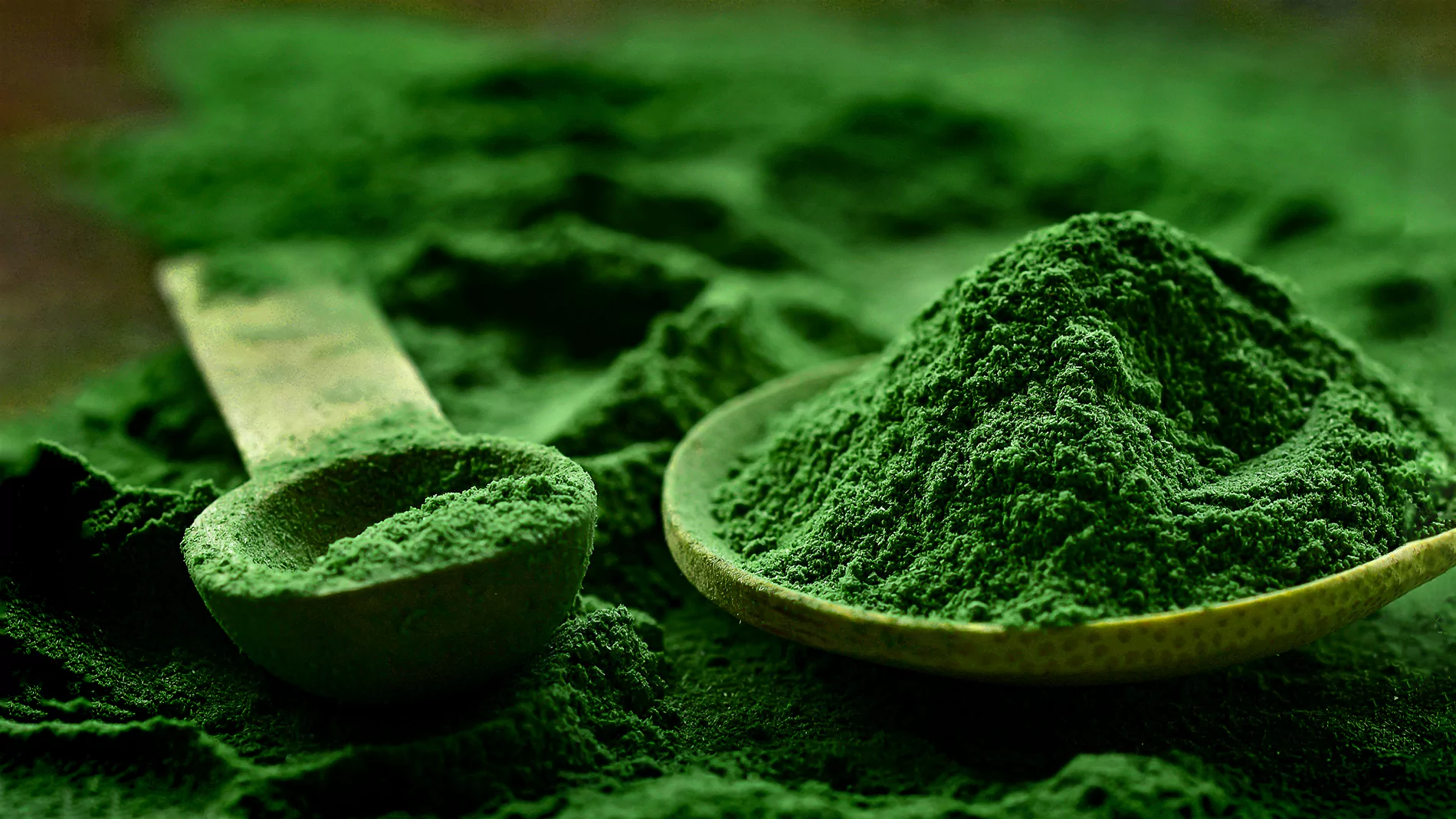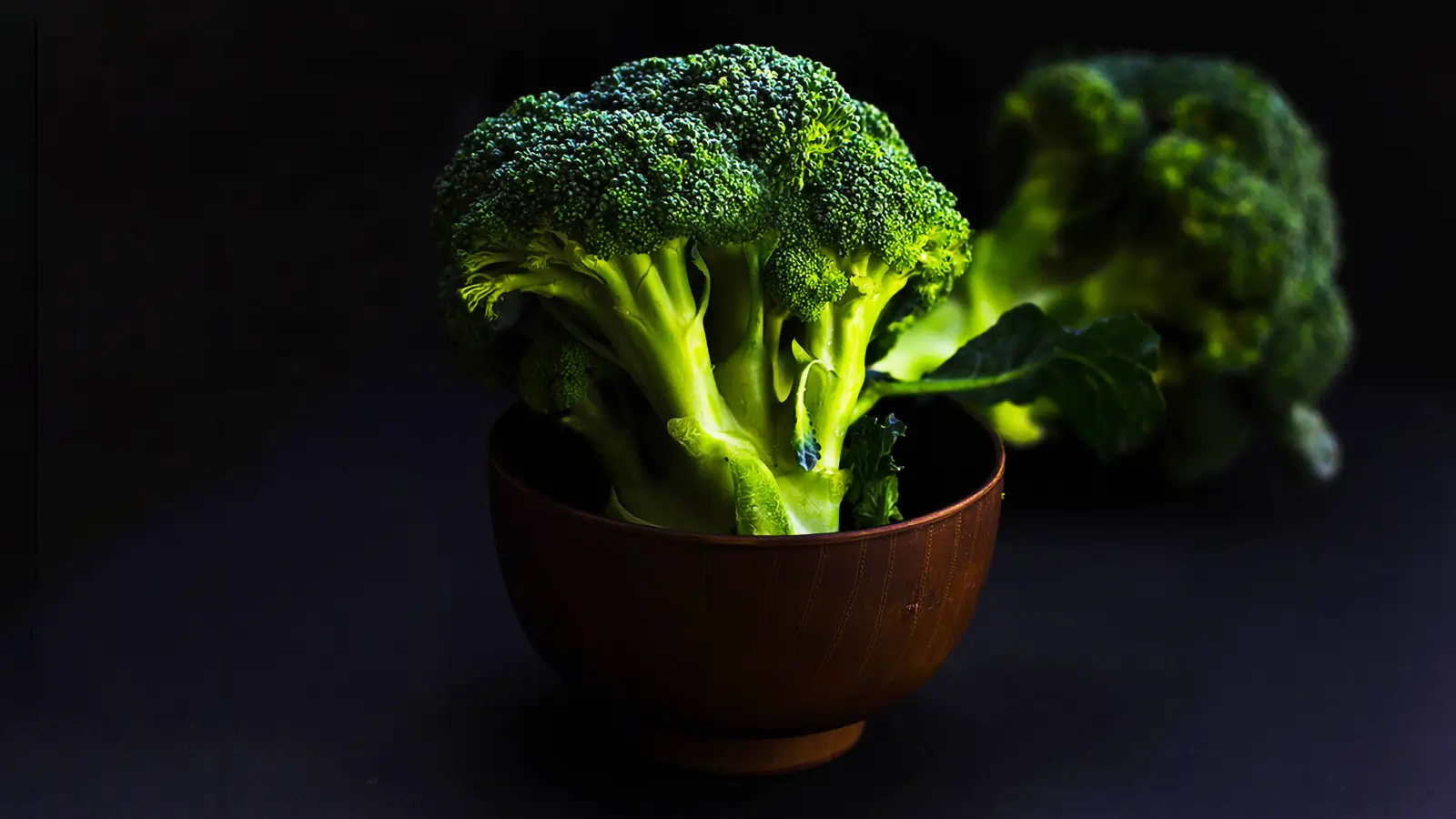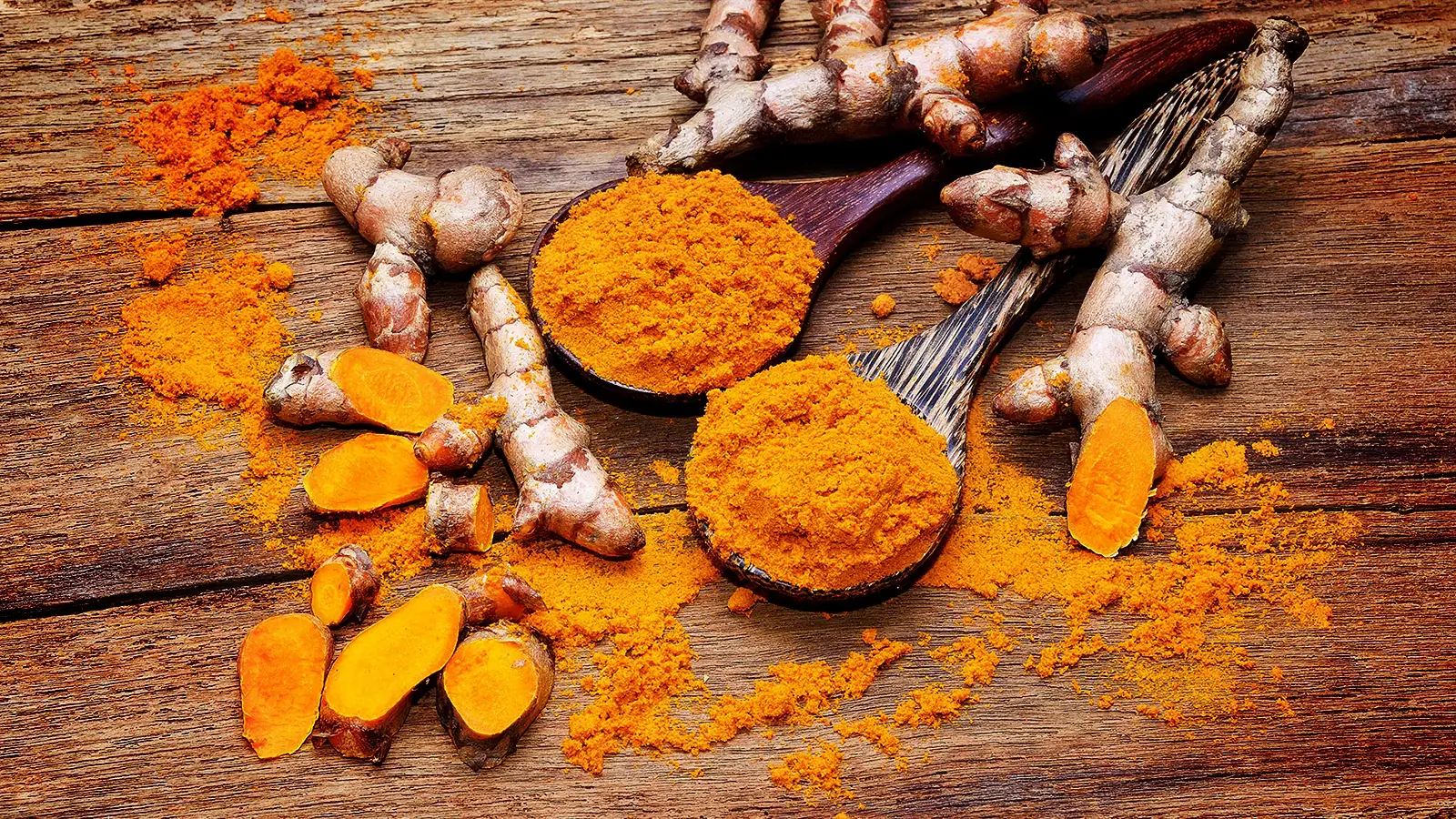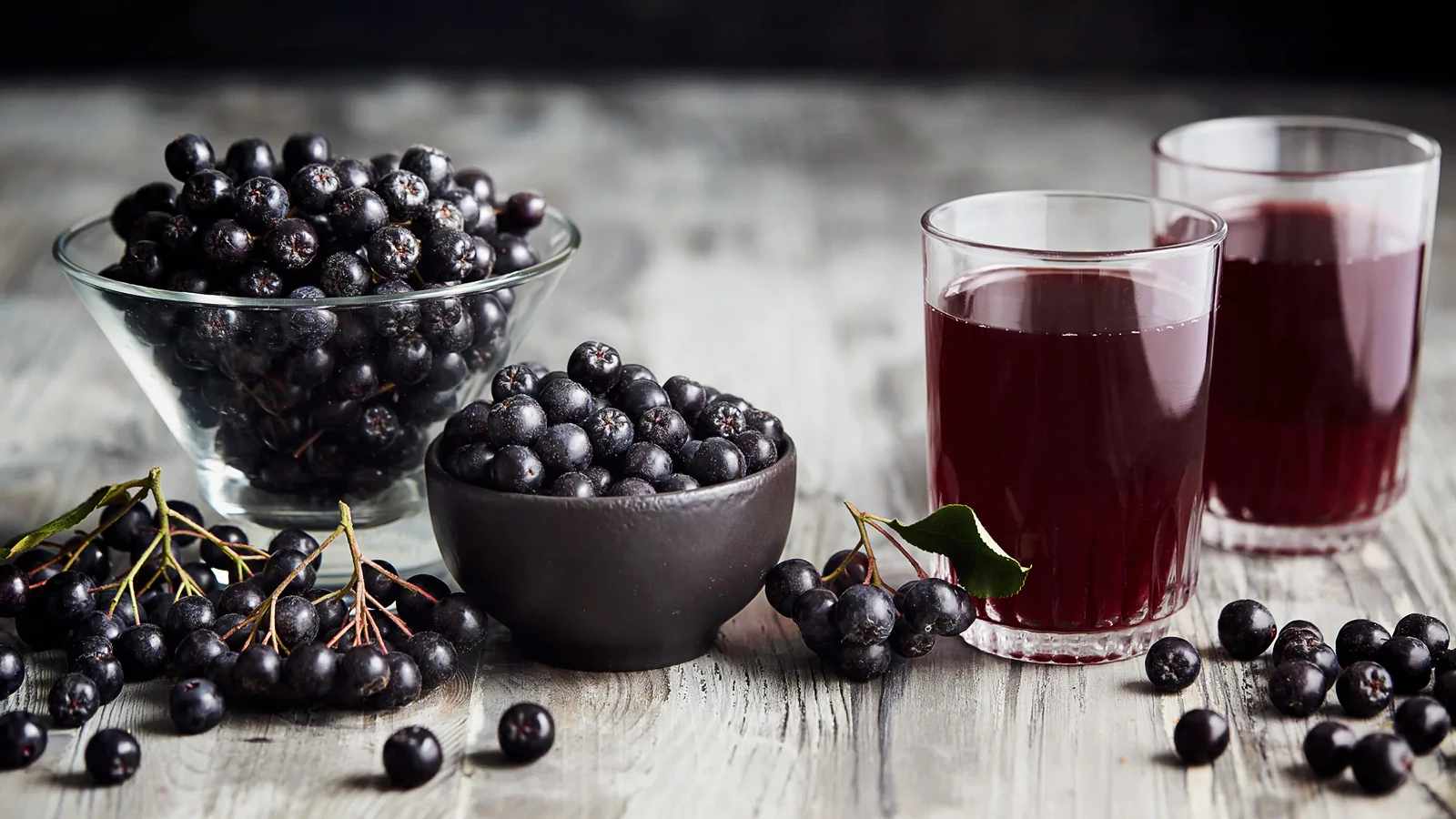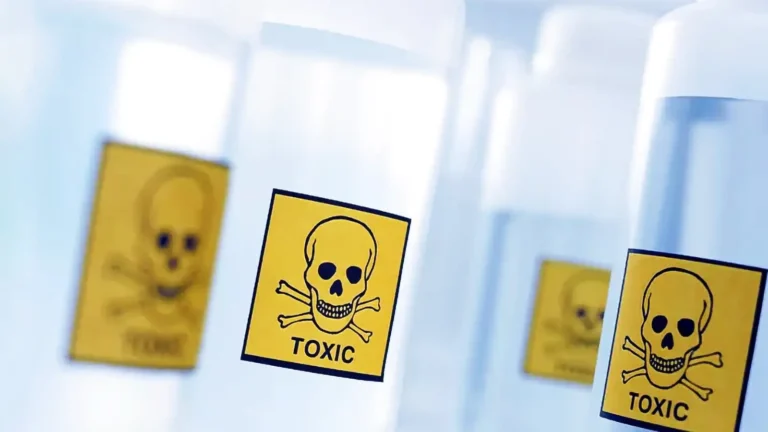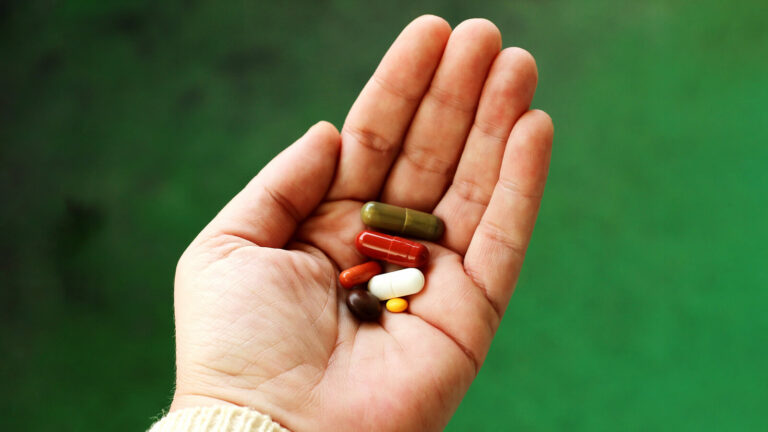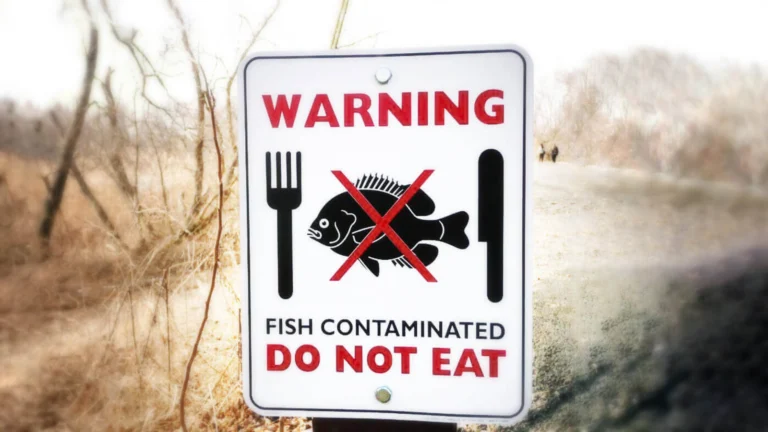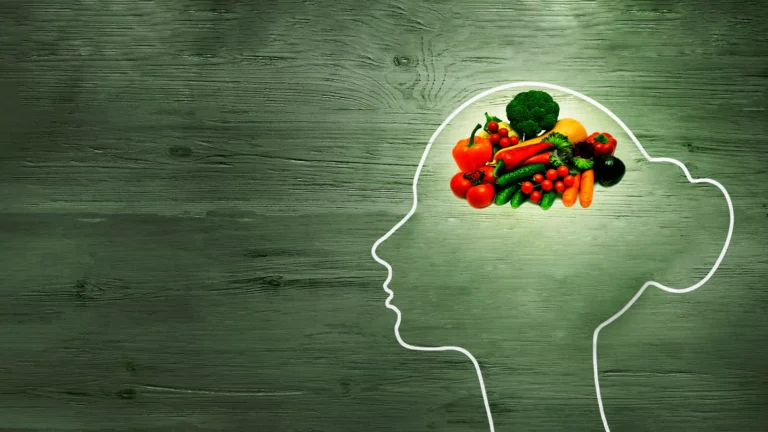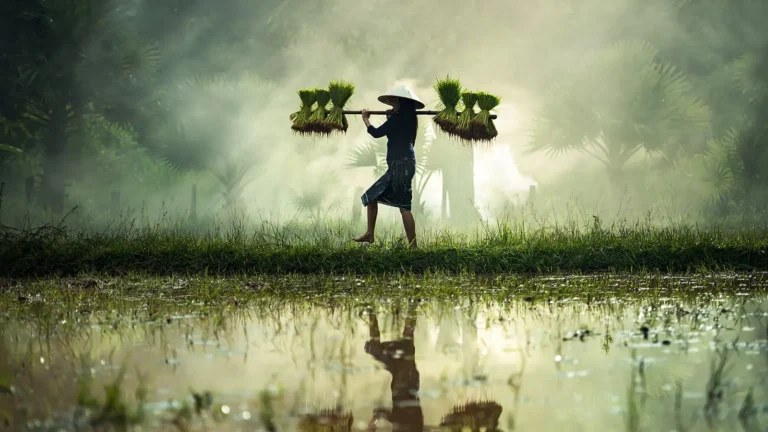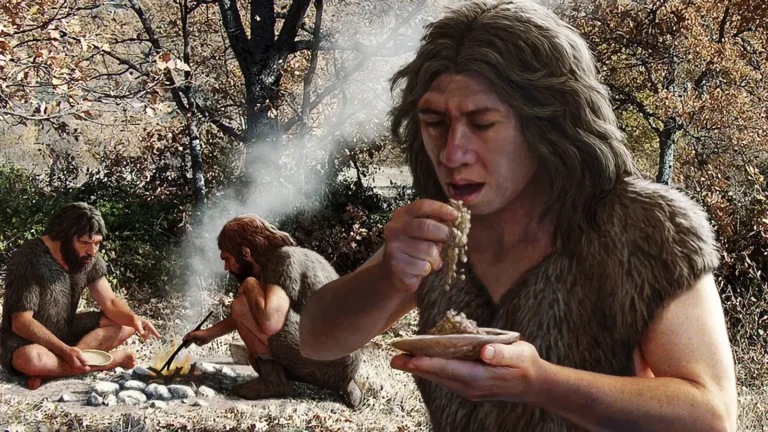Phytochemicals: Understanding the Basics
Every single phytochemical that exists has a biological action in the human body. Every single one from millions of different phytochemicals.
Milos Pokimica
Written By: Milos Pokimica
Medically Reviewed by: Dr. Xiùying Wáng, M.D.
Updated July 16, 2023Key Takeaways:
– When plants absorb sunlight, they will store that light as chemical energy, and it does not need to be just glucose. It can be stored in any form of sugar or oil.
– Plants, unlike animals, can only defend themselves by chemistry.
– Plants also suffer from DNA damage by free radicals so they also need to have a defense against oxidation and solar radiation.
– If animals want to live and want to consume or extract sugar or fat from plants by consuming them, they will also have to consume all of the other chemicals that are present in the plant also.
– In time adaptation will be so complete that animals would not be able to live without some of the phytochemicals that are produced in the plants that they are eating. In that case, these chemicals would become essential for life as much as sugar or fat are and are known as vitamins.
– Every phytochemical that exists has a biological action in the human body.
– Phytochemicals are essential but health effects from deficiency are chronic and show themselves in the long run.
Photosynthesis.
Earth is a planet. The planet is not just a planet. It is a closed system where balance exists. Balance in nature is also known as a food chain. In the food chain, the top predators are the highest life forms. Beneath them are herbivore animals and beneath them plants.
Plants are the base of our entire ecosystem. It is only the plant kingdom that is producing new energy and only the plant kingdom.
All forms of animals including humans are uses that eat already stored forms of energy. If animals eat other animals, they are still consuming the energy that herbivore animals got by eating plants in the first place. However, the plants themselves are not producing as well. They do not produce energy out of thin air. They are just producing biological matter but the source of that energy is the Sun. There are some deep-sea communities that instead of the Sun tap into the energy of hydrothermal vents but for the most part, plants are the main producers. It is electromagnetic energy from the Sun that fuels nearly all of the planet’s ecosystem. Plants are just creating solid biological matter out of light through the process of photosynthesis. Photo means light and synthesis means creation.
Because they can create their own food using light energy, plants are classified as autotrophs. Our cells and all living cells on Earth use glucose to survive. Oil and fat and all other types of sugar need to convert to glucose before cells can utilize them. Producers of glucose are predominantly plants, meaning algae as well and in some smaller amounts even some microorganisms.
During photosynthesis, plants take in carbon dioxide (CO2) from the air and water (H2O) from the soil. Within the plant cell, water is oxidized, which means it loses electrons, while carbon dioxide is reduced, which means it receives electrons. Water is converted into oxygen and carbon dioxide into glucose as a result. After storing energy within the glucose molecules, the plant releases the oxygen back into the atmosphere.
All green plant tissues can photosynthesize, but the majority of photosynthesis usually takes place in the leaves. The cells in a middle layer of leaf tissue called the mesophyll are the primary site of photosynthesis. Each mesophyll cell contains organelles called chloroplasts, which are specialized to carry out the reactions of photosynthesis. Within each chloroplast are disc-like structures called thylakoids. The membrane of each thylakoid contains green-colored pigments called chlorophylls that absorb light.
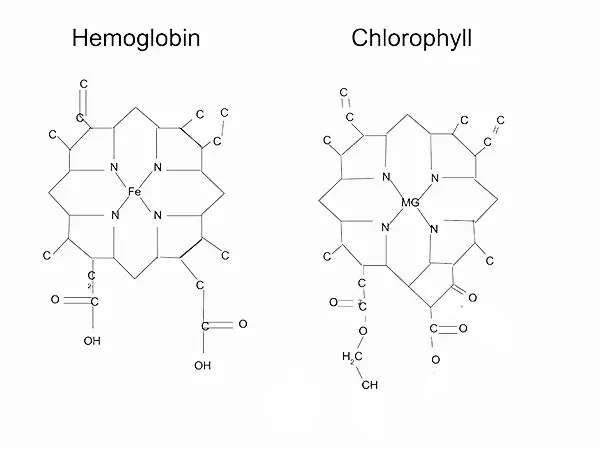
Chlorophylls absorb light energy, which is then transformed into chemical energy via the creation of two compounds: ATP, a molecule that stores energy, and NADPH, an electron carrier that is reduced. Water molecules are also changed into oxygen gas during this process. The oxygen that animals breathe. The overall result of this process is the temporary storage of captured light energy in the chemical forms of ATP and NADPH. To release energy, ATP is then broken down, and NADPH donates its electrons to convert carbon dioxide molecules into sugars. The energy that began as light eventually becomes bound up in the bonds of the sugars.
Bodybuilders like to take a creatine supplement to increase their ATP (adenosine triphosphate) storage levels in muscle tissue. This increases overall strength and especially endurance.
The existence of the great majority of life on Earth depends on photosynthesis. It is how almost all of the energy in the biosphere is made accessible to living beings. As primary producers, photosynthetic organisms form the base of Earth’s food webs and are consumed directly or indirectly by all higher life forms. Additionally, almost all the oxygen in the atmosphere is due to the process of photosynthesis.

Every single protein that bodybuilders will drink from a whey protein shake is made by plants.
Everything that exists is just stored solar energy. We are all actually made out of light. When plants absorb sunlight, they will store that light as chemical energy, and it does not need to be just glucose. It can be stored in any form of sugar or oil. Sugar can be simple sugar like fructose in fruit or some complex form of sugar as carbohydrates. Oil can be also stored in different types but it is just stored solar energy.
Consumers.
If we want to live, unlike plants, we have to physically consume some form of energy.
Also, we have to consume building blocks of tissue in the form of amino acids and minerals. We cannot use solar energy to live therefore we need to eat.
But there is one more difference between animals and plants. Plants cannot move. They cannot defend themselves from animals. If we get too cold or too warm, we will move. If there is a drought, we will move also.
Plant’s immune system.
Plants, unlike animals, can only defend themselves by chemistry.
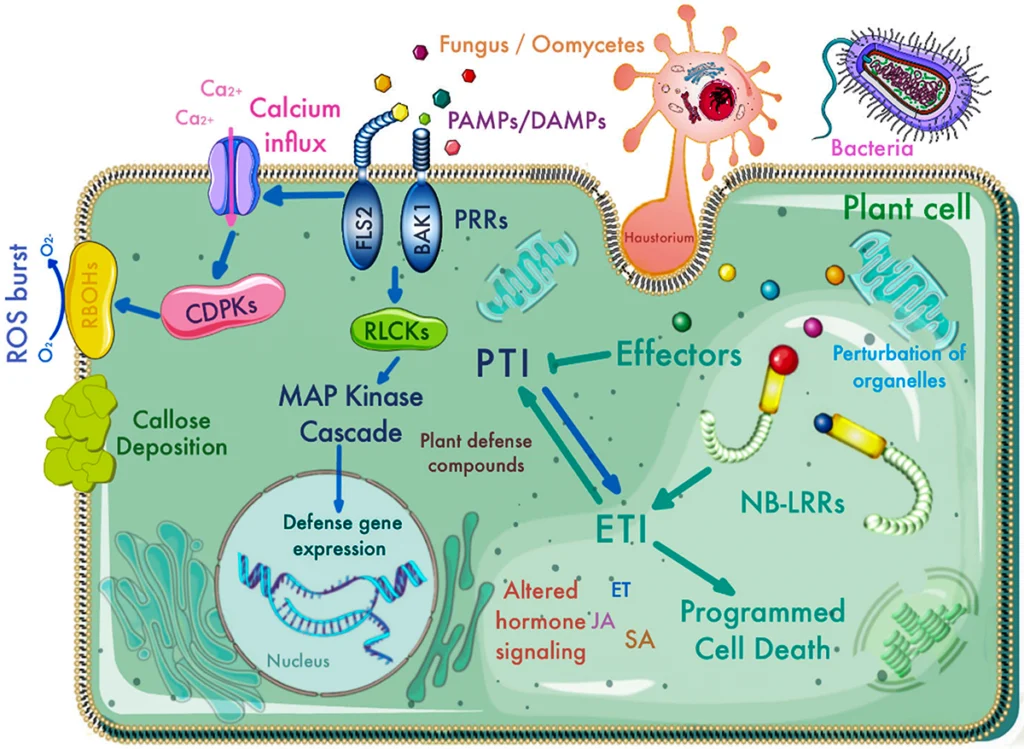
They don’t like to be eaten or attacked and the only way they can protect themselves is by millions of different chemicals that they will produce. Like us, plants too are attacked by bacteria and fungi and like us, they have an immune system to ward off these attackers. They also have an immune system to ward off animals as well so some of them will have extremely toxic substances and will kill any animal that eats them. Plants also suffer from DNA damage by free radicals so they also need to have a defense against oxidation and solar radiation. All of these chemicals are the plant’s immune system. Some of them have other metabolic functions as well.
So, by now, a big problem arises for all animals. If animals want to live and want to consume or extract that sugar or fat from plants by consuming them, they will also have to consume all of the other chemicals that are present in the plant also.
Package deal.
In nature, food is a package deal.
All for the price of one. These chemicals that are present in the tissues of plants are known as phytochemicals. Phyto means plants in ancient Greek.
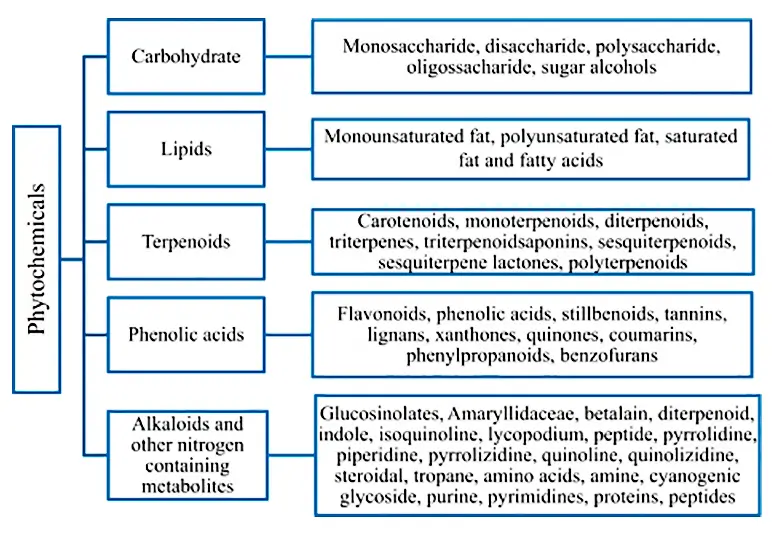
In millions of years of evolution animals that depended on plants for existence adapted at eating some of them. Not all of them, just some. Different types of animals eat different types of plants that they are adapted to by evolution. The reason why we exist today as humans with big brains is the high quality of diet that cooking of hard-to-digest plant sources enabled. There is no other animal that uses fire. Fire will destroy some of the toxic phytochemicals and will free up the energy reserves in the plants to become more bioavailable and as a consequence, we will be able to digest a wide range of different plant species. It was Homo erectus that was the first one to use fire for cooking. But still, even with modern technology, we are still unable to eat most of the plant’s species because of the different toxic phytochemicals in them or we would not be able to digest fiber in them as grazers do. So, evolution still plays a role.
Different herbivore species will eat different plants and in time they will adapt their organism to different chemicals that are found in that particular plant. In time adaptation will be so complete that animals would not be able to live without some of the phytochemicals that are produced in the plants that they are eating. In that case, these chemicals would become essential for life as much as sugar or fat are and are known as vitamins. Vita means life.
Before vitamins became essential for the life of different species, they were just one more phytochemical. For instance, vitamin C is a good example. In carnivorous species, vitamin C is not a vitamin. The liver of carnivores is able to produce this vitamin because they do not consume it in adequate amounts from animal tissue. On the other hand, humans that eat plant food have a need for dietary vitamin C or we die from scurvy. Vitamin C has become a necessary substance for our existence.
Vitamin A, for example, is just the orange pigment that we see in pumpkins or carrots. Our body uses beta-carotene pigment from carrots to make vitamin A. Before vitamin A became vitamin, it was just a pigment that plants use as a defense against free radical oxidation. It was just one more antioxidant but in time it became an essential vitamin through adaptation. Besides vitamins, there are thousands of different phytochemicals that are not vitamins but are still important to a lesser or higher degree. There was a big debate in the scientific community until the range of experiments was done on the question does all of these thousands of different phytochemicals that are not vitamins still have a biological action in the human body as well.
Phytochemical metabolism.
If plants are stressed and produce some phytochemical as a defensive reaction does that chemical still have a similar role in our organism? And the answer is yes.
For every single plant and for every single phytochemical that exists, every single one has a biological action in the human body. Every single one from millions of different phytochemicals.
All of the phytochemicals on this planet are biologically active in the human body. This might seem too strange because there are literary hundreds of different chemicals in every one of hundreds of thousands of different plant species in existence. Some will have strong reactions some will be mostly extracted from the body without any major impact but to all practical means, we can say that every single one will have some biological action in the human body.
We still have a hard time understanding that plants were here before animals. Animals need plants to sustain themselves and until the first plant species evolved there could not be any animal species. In hundreds of millions of years of evolution, the animals coevolved by eating plants. Animals including humans are just “children“ of plants and therefore it is normal for us to have a biological reaction on a wide range of phytochemicals that exist today.
We evolved to use these chemicals for our own benefit. Not just vitamins but a wide range of other phytochemicals as well. We still have the capability to utilize, for example, different antioxidants from plants in our own defense or even aspirin. It is a psychological issue for some people.
In the medical science of today (allopathic medicine) phytochemicals are not considered essential. In fact, they are not considered biologically important at all. In modern medicine, if a phytochemical is not scientifically proven to be a vitamin it is considered of no importance at all. Even if there is a line of studies that proved the beneficial effects of some phytochemicals on the human body it would be not accepted as essential. They might make a patent on that extracted chemical to make a drug but it would still not be considered as important. For example today you would not be able to find an ORAC table of values anywhere because allopathic medicine decided to pull it off and declare that phytochemicals are not biologically active in the human body or are not bioavailable and that is misleading to consumers leading them to make different commercial choices based on fake and unproven claims. Only two antioxidants are important, water-soluble vitamin C and fat-salable vitamin E. And all of this is done deliberately.
It is the truth that most of those phytochemicals are not vitamins and that we can live without them. They are not essential vitamins but again they are needed because in our normal evolution, our body adapted to consume a large amount of those phytochemicals and there will be a lot of health issues if we don’t have adequate intake. If we don’t take vitamins, we can die but if we, for example, don’t have an adequate intake of antioxidants we will not die. We will have higher inflammation that would lead to chronic disease and then we will die from some illness like cancer. Scientists say that phytochemicals are not vitamins but will use them in cancer treatment. So, it is a half-truth.
Phytochemicals or most of them because of our plant-based evolution are essential but the effects are chronic and show themselves in the long run.
If we don’t take adequate levels of vitamins, we could die in a relatively short period but if we are lacking in some other phytochemicals we will “just“ shorten our lifespan, have higher inflammation, and wide range of other chronic diseases. Then again some chronic diseases like cancer can be deadly.
The only difference between a vitamin and a phytochemical is not in their origin but in the importance of that chemical to our survival. A vitamin is just a term that scientists use to describe phytochemical that is important to a higher extent in our life.
And the problem is that today the number one antioxidant source in the standard Western diet is coffee. For 50 million years of hominin evolution, we were forced to eat whole food and actually whole raw food diet to survive. In a whole-food diet, phytochemicals come as a package deal. Today we extract calories from food to have oil, fat, and sugar and refine food to have nice white flour, and the rest of the diet is just animal products.
There are no phytochemicals in animal products.
Cooking also destroys some of the phytochemical content.
From our natural whole-food diet, we have mutated to eat a standard Western type of phytochemical-deprived diet and as maladaptation, we have to suffer some serious consequences.
Clinical importance.
And allopathic medicine is a contributor to all of the confusion. Doctors don’t have a problem prescribing Lovastatin for lowering cholesterol but will have a hard time believing in herbal medicine. In Chinese herbal medicine, red yeast rice was a traditional medication for heart disease for thousands of years. But what did they know? Well, it turns out that red yeast contains Lovastatin. Lovastatin was created by the extraction.
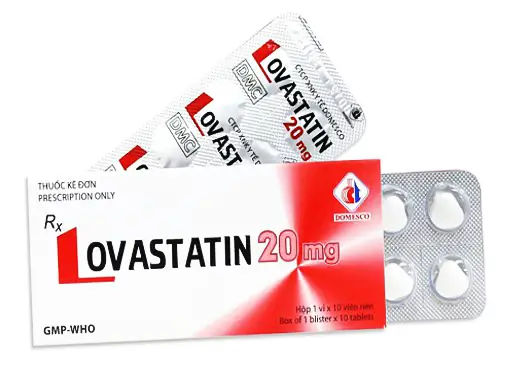
Most of the drugs today, more than 50 percent of all drugs are extracted as a phytochemical and are not created from zero (Newman and Cragg, 2007). In cancer treatment, for example, 73% are not synthetic, with 47% actually being either completely natural products or directly derived from them.
They are just extracted and patented as an extracted chemical and Big Pharma doesn’t want people to know this. They like when people believe that drugs are wonders of modern science and not just some extracted chemicals from plants.
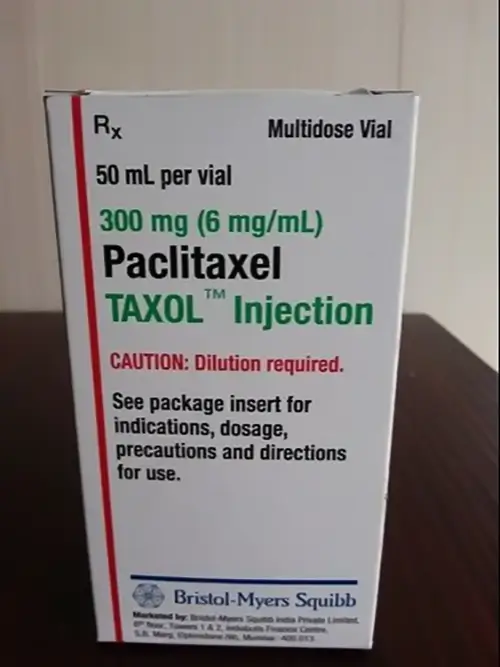
Taxol, the revolutionary chemotherapy drug, for example, is just literally dried bark scraped from the Pacific yew tree. Until they managed to find a way to grow tree cells in a laboratory to extract that phytochemical, they literally paid people to go and scrap bark from trees. Morphine and other drugs for anesthesia, Quinine, and other drugs for malaria, Digoxin, and colchicine all are natural. Periwinkle is used as a treatment for childhood leukemia but you would not know that. On the bottle, it would be labeled as vincristine sulfate injection and it is prescribed only medicine.
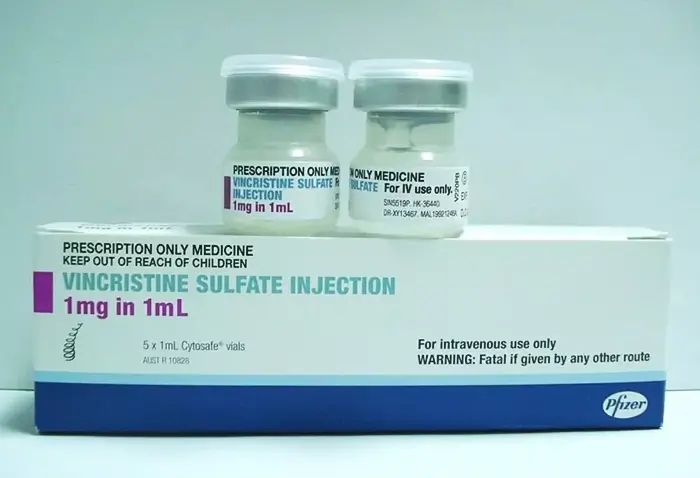
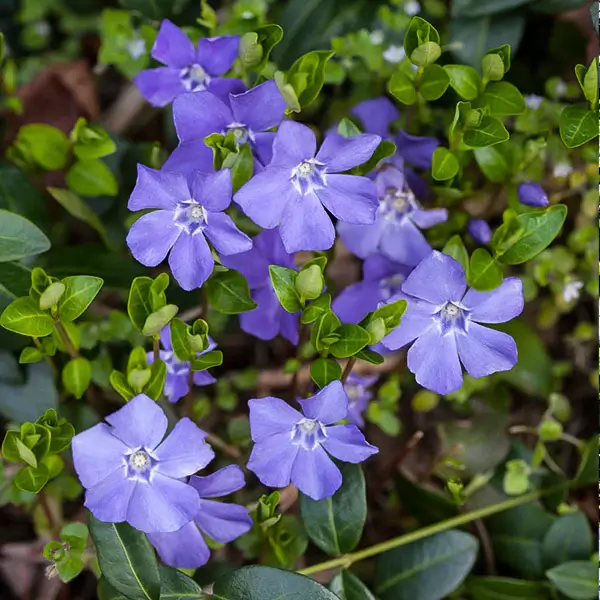
Holistic healers or better known today as quacks in Middle Ages rubbed moldy bread to treat infected wounds. Allopathic doctors of that time that used surgery and bleeding and heavy metals like mercury to “displace” diseases called them idiots that use herbs and moldy bread until a couple of hundred years later when penicillin was discovered. Allopathic doctors of today still call them quacks but today they just don’t tell their patients that most of their medicine is actually herbal essences extracted into a pill with a fake name.
Conclusion:
- When plants absorb sunlight, they will store that light as chemical energy, and it does not need to be glucose. It can be stored in any form of sugar or oil.
- Every single protein that bodybuilders will drink from a whey protein shake is made by plants.
- If we want to live, unlike plants, we have to consume some form of energy physically.
- In nature, food is a package deal.
- Plants, unlike animals, can only defend themselves by chemistry.
- If animals want to live and want to consume or extract sugar or fat from plants by consuming them, they will also have to consume all of the other chemicals that are present in the plant also.
- In time adaptation will be so complete that animals would not be able to live without some of the phytochemicals that are produced in the plants that they are eating. In that case, these chemicals would become essential for life as much as sugar or fat are and are known as vitamins.
- Every phytochemical that exists has a biological action in the human body.
- Phytochemicals are essential but deficiency health effects are chronic and show themselves in the long run.
- A vitamin is just a term that scientists use to describe phytochemical that is important to a higher extent in our life.
- There are no phytochemicals in animal products.
- Cooking also destroys some of the phytochemical content.
- From our natural whole-food diet, we have mutated to eat a standard Western type of phytochemical-deprived diet and as maladaptation, we have to suffer some serious consequences.
- More than 50 percent of all drugs are extracted as a phytochemical and are not created from zero (Newman and Cragg, 2007). In cancer treatment, for example, 73% are not synthetic, with 47% actually being either completely natural products or directly derived from them.
References:
Passages selected from a book: Pokimica, Milos. Go Vegan? Review of Science Part 3. Kindle ed., Amazon, 2020.
- Zhang, S., Li, C., Si, J., Han, Z., & Chen, D. (2022). Action Mechanisms of Effectors in Plant-Pathogen Interaction. International Journal of Molecular Sciences, 23(12), 6758. https://doi.org/10.3390/ijms23126758
- Ngou, B. P. M., Jones, J. D. G., & Ding, P. (2022). Plant immune networks. Trends in plant science, 27(3), 255–273. https://doi.org/10.1016/j.tplants.2021.08.012
- Song, W., Forderer, A., Yu, D., & Chai, J. (2021). Structural biology of plant defence. The New phytologist, 229(2), 692–711. https://doi.org/10.1111/nph.16906
- Newman, D. J., & Cragg, G. M. (2007). Natural products as sources of new drugs over the last 25 years. Journal of natural products, 70(3), 461–477. https://doi.org/10.1021/np068054v
Related Posts
Do you have any questions about nutrition and health?
I would love to hear from you and answer them in my next post. I appreciate your input and opinion and I look forward to hearing from you soon. I also invite you to follow us on Facebook, Instagram, and Pinterest for more diet, nutrition, and health content. You can leave a comment there and connect with other health enthusiasts, share your tips and experiences, and get support and encouragement from our team and community.
I hope that this post was informative and enjoyable for you and that you are prepared to apply the insights you learned. If you found this post helpful, please share it with your friends and family who might also benefit from it. You never know who might need some guidance and support on their health journey.
– You Might Also Like –

Learn About Nutrition
Milos Pokimica is a doctor of natural medicine, clinical nutritionist, medical health and nutrition writer, and nutritional science advisor. Author of the book series Go Vegan? Review of Science, he also operates the natural health website GoVeganWay.com
Medical Disclaimer
GoVeganWay.com brings you reviews of the latest nutrition and health-related research. The information provided represents the personal opinion of the author and is not intended nor implied to be a substitute for professional medical advice, diagnosis, or treatment. The information provided is for informational purposes only and is not intended to serve as a substitute for the consultation, diagnosis, and/or medical treatment of a qualified physician or healthcare provider.NEVER DISREGARD PROFESSIONAL MEDICAL ADVICE OR DELAY SEEKING MEDICAL TREATMENT BECAUSE OF SOMETHING YOU HAVE READ ON OR ACCESSED THROUGH GoVeganWay.com
NEVER APPLY ANY LIFESTYLE CHANGES OR ANY CHANGES AT ALL AS A CONSEQUENCE OF SOMETHING YOU HAVE READ IN GoVeganWay.com BEFORE CONSULTING LICENCED MEDICAL PRACTITIONER.
In the event of a medical emergency, call a doctor or 911 immediately. GoVeganWay.com does not recommend or endorse any specific groups, organizations, tests, physicians, products, procedures, opinions, or other information that may be mentioned inside.
Editor Picks –
Milos Pokimica is a doctor of natural medicine, clinical nutritionist, medical health and nutrition writer, and nutritional science advisor. Author of the book series Go Vegan? Review of Science, he also operates the natural health website GoVeganWay.com
Latest Articles –
Plant Based News
-
This Whole Katsu Cauliflower Is A Perfect Dinner Centerpiece
on March 12, 2024
-
How To Use Pickle Juice As A Marinade, Dressing, Or Sauce
on March 12, 2024
-
14 Vegan Mushroom Recipes For A Vitamin D Boost
on March 12, 2024
-
How To Make This High Protein Soy Curl Shawarma
on March 11, 2024
-
Dairy Is Worse Than Coca-Cola, Says Leading Longevity Expert
on March 11, 2024
-
Vegandale Is Coming To The UK – How To Get Tickets
on March 11, 2024
-
Mediterranean Diet Vs Plant-Based: Which Is Best?
on March 10, 2024
Top Health News — ScienceDaily
- Vaccine monitoring crucial as SARS-CoV-2 variants continue to evolveon March 12, 2024
Researchers have highlighted the importance of continued surveillance of emerging SARS-CoV-2 variants and vaccine performance as the virus continues to evolve.
- Researchers expand our understanding of how the body and brain communicateon March 12, 2024
Researchers investigating how exactly the brain processes the incoming stream of information from the heart and lungs, discovered that specific neurons in the thalamus are actively involved in processing cardiac and respiratory signals.
- Delta-8-THC use reported by 11% of 12th graders in 2023on March 12, 2024
Approximately 11% of 12th-grade students across the United States reported past-year use of delta-8- tetrahydrocannabinol (delta-8-THC, or delta-8 for short), according to an analysis of data from the 2023 Monitoring the Future survey. Delta-8 is a psychoactive substance that is typically derived from hemp, a variety of the Cannabis sativa plant. Delta-8 has intoxicating effects similar to delta-9-THC (delta-9), the primary THC component responsible for the ‘high’ people may experience from […]
- Maternal obesity may promote liver canceron March 12, 2024
Obesity, which could reach 50% of the population in certain developed countries by 2030, is a major public health concern. It not only affects the health of those who suffer from it, but could also have serious consequences for their offspring. Scientists have studied the impact of maternal obesity on the risk of developing liver disease and liver cancer. Using an animal model, the team discovered that this risk was indeed much higher in the offspring of mothers suffering from obesity.
- GPS nanoparticle platform precisely delivers therapeutic payload to cancer cellson March 11, 2024
A newly developed ‘GPS nanoparticle’ injected intravenously can home in on cancer cells to deliver a genetic punch to the protein implicated in tumor growth and spread, according to researchers. They tested their approach in human cell lines and in mice to effectively knock down a cancer-causing gene, reporting that the technique may potentially offer a more precise and effective treatment for notoriously hard-to-treat basal-like breast cancers.
- Accessibility toolkit for game engine Unityon March 11, 2024
New work makes it easier for game developers to implement game aids for people with disabilities. The toolkit focuses on players with visual impairments.
- For people who speak many languages, there’s something special about their native tongueon March 11, 2024
A study of polyglots found the brain’s language network responds more strongly when hearing languages a speaker is more proficient in — and much more weakly to the speaker’s native language.
PubMed, #vegan-diet –
- The perceived experience of adhering to vegan diet: a descriptive phenomenological studyon March 12, 2024
CONCLUSION: Based on the participants’ experience, despite the challenging journey, the people with a vegetarian diet experienced partial and complete improvement of all the symptoms of the diseases. They had a healthy lifestyle and felt young and energetic. Likewise, this method had a positive effect on people’s mental state and mood.
- Contribution of plant-based dairy and fish alternatives to iodine nutrition in the Swiss diet: a Swiss Market Surveyon March 7, 2024
CONCLUSION: Only four out of 477 plant-based alternative products are iodine fortified in the Swiss market. Thus, the risk for consumers to miss out on the ca. 25% of the RDA for iodine by consuming plant-based alternatives is high, placing them at a risk for inadequate iodine intake.
- Popular Diets and Kidney Stoneson March 7, 2024
Popular diets often influence dietary patterns, which have different implications for kidney stone risk. Despite the wide variety of popular diets, some general principles can be gleaned from investigating their potential impact on nephrolithiasis. Plant-based diets, including Dietary Approaches to Stop Hypertension, Mediterranean, flexitarian, and vegetarian diets, may protect against nephrolithiasis when they consist largely of unprocessed plant foods, while carbohydrate-restricted diets…
- A whole-food, plant-based randomized controlled trial in metastatic breast cancer: weight, cardiometabolic, and hormonal outcomeson March 6, 2024
CONCLUSION: WFPB dietary changes during treatment for metastatic breast cancer are well tolerated and significantly improve weight, cardiometabolic and hormonal parameters. Longer studies are warranted to assess the durability of changes. Trial registration First registered at Clinicaltrials.gov (NCT03045289) on February 7, 2017.
- Plant-Based Diets and Risk of Hip Fracture in Postmenopausal Womenon February 29, 2024
CONCLUSIONS AND RELEVANCE: Findings of this cohort study indicated that long-term adherence to healthful or unhealthful plant-based diets as assessed by hPDI and uPDI scores was not associated with hip fracture risk. Future research should clarify whether the associations observed with recent dietary intake are due to short-term effects of these dietary patterns, reverse causality, or both.
Random Posts –
Featured Posts –

Latest from PubMed, #plant-based diet –
- The perceived experience of adhering to vegan diet: a descriptive phenomenological studyby Behnam Khaledi-Paveh on March 12, 2024
CONCLUSION: Based on the participants’ experience, despite the challenging journey, the people with a vegetarian diet experienced partial and complete improvement of all the symptoms of the diseases. They had a healthy lifestyle and felt young and energetic. Likewise, this method had a positive effect on people’s mental state and mood.
- Protein plant factories: production and resource use efficiency of soybean proteins in vertical farmingby Isabella Righini on March 12, 2024
CONCLUSIONS: The study’s results inform the debate on protein production and the efficiency of VF compared to conventional methods. With current electricity prices, it is unlikely to justify production of simple protein crops in VF or promote it as a solution to meet global protein needs. This article is protected by copyright. All rights reserved.
- Interventions based on sensory-hedonic strategies and on nudging to facilitate vegetable and pulses consumption in the school environmentby Margarita Kokkorou on March 11, 2024
Childhood and adolescence shape lifelong taste preferences and dietary habits, making them crucial periods for promoting healthy and sustainable eating. As students consume up to half of their daily energy intake at school, school interventions can have a significant impact on promoting plant-based diets. Although the benefits of promoting plant-based diets on children’s and adolescents’ health and environmental sustainability are well established and various studies report promising effects […]
- Genotype-based precision nutrition strategies for the prediction and clinical management of type 2 diabetes mellitusby Omar Ramos-Lopez on March 11, 2024
Globally, type 2 diabetes mellitus (T2DM) is one of the most common metabolic disorders. T2DM physiopathology is influenced by complex interrelationships between genetic, metabolic and lifestyle factors (including diet), which differ between populations and geographic regions. In fact, excessive consumptions of high fat/high sugar foods generally increase the risk of developing T2DM, whereas habitual intakes of plant-based healthy diets usually exert a protective effect. Moreover, genomic…
- Salvia officinalis L. exerts oncostatic effects in rodent and in vitro models of breast carcinomaby Peter Kubatka on March 11, 2024
Introduction: Based on extensive data from oncology research, the use of phytochemicals or plant-based nutraceuticals is considered an innovative tool for cancer management. This research aimed to analyze the oncostatic properties of Salvia officinalis L. [Lamiaceae; Salviae officinalis herba] using animal and in vitro models of breast carcinoma (BC). Methods: The effects of dietary administered S. officinalis in two concentrations (0.1%/SAL 0.1/and 1%/SAL 1/) were assessed in both syngeneic […]
- Assessment of dietary Selenium and its role in Mercury fate in cultured fish rainbow trout with two sustainable aquafeedsby Claudia Marchán-Moreno on March 10, 2024
This study enhances the current limited understanding of the interaction between mercury (Hg) and selenium (Se) species in fish. Rainbow trout (Oncorhynchus mykiss), a model aquaculture fish, was exposed to Hg and Se species through controlled dietary conditions. Over a 6-month feeding trial, the impact of dietary Se on Hg bioaccumulation in fish, including flesh, brain, and liver, was tracked. Twelve dietary conditions were tested, including plant-based diets (0.25 µgSe g^(-1)) and tuna…
